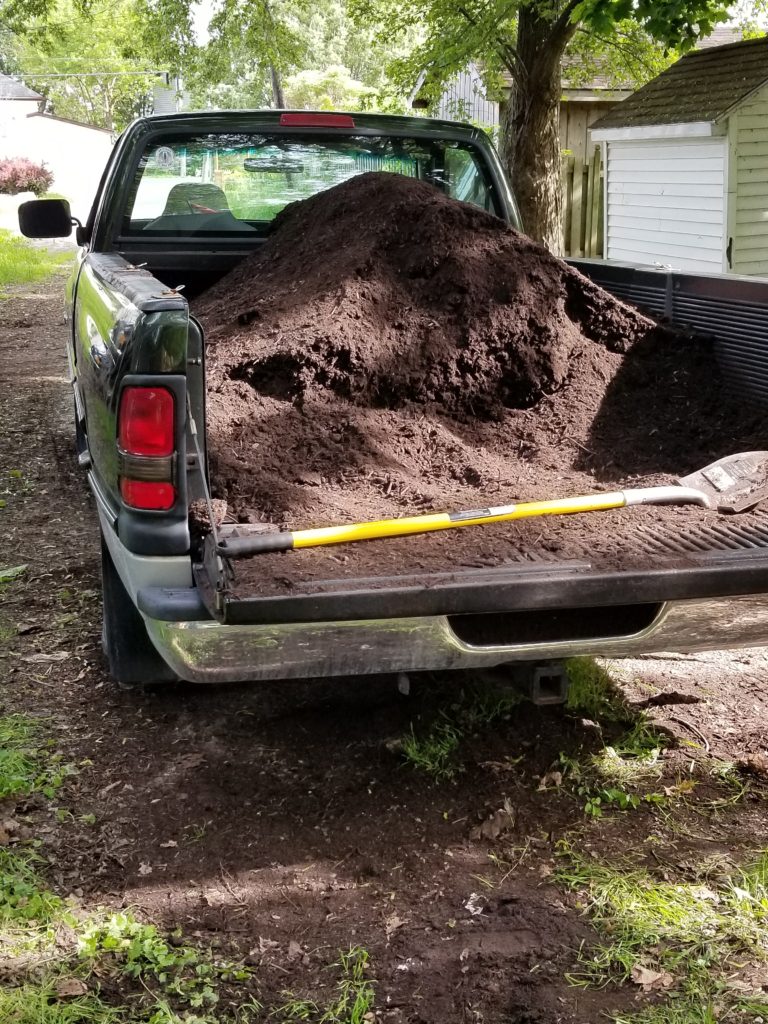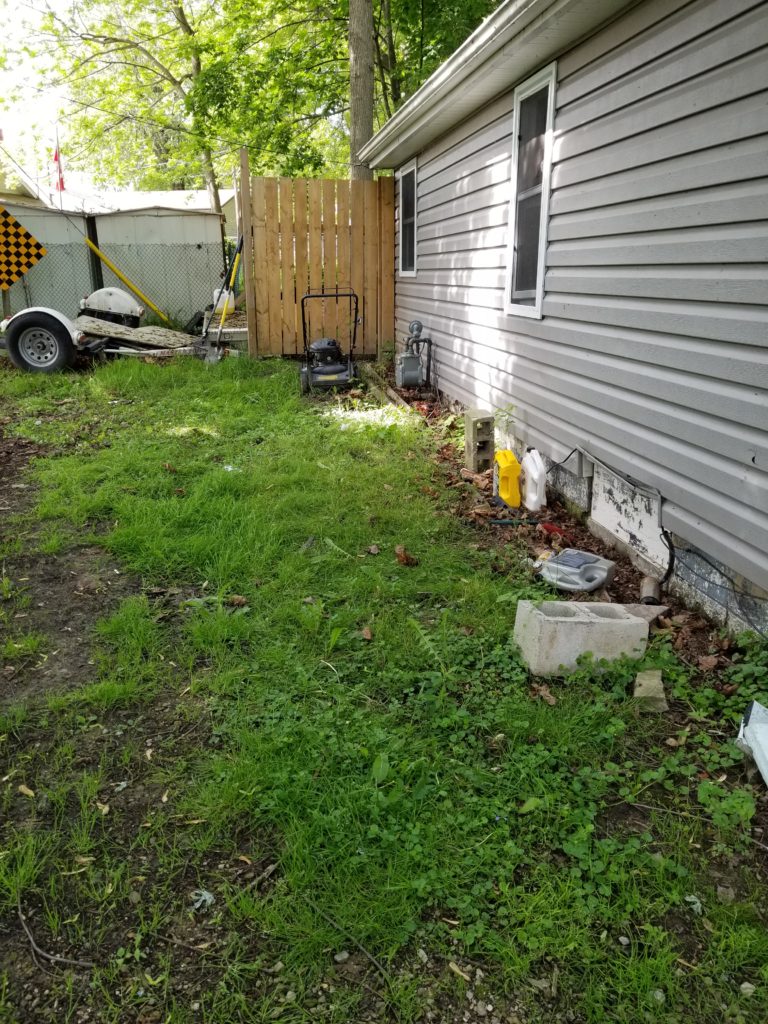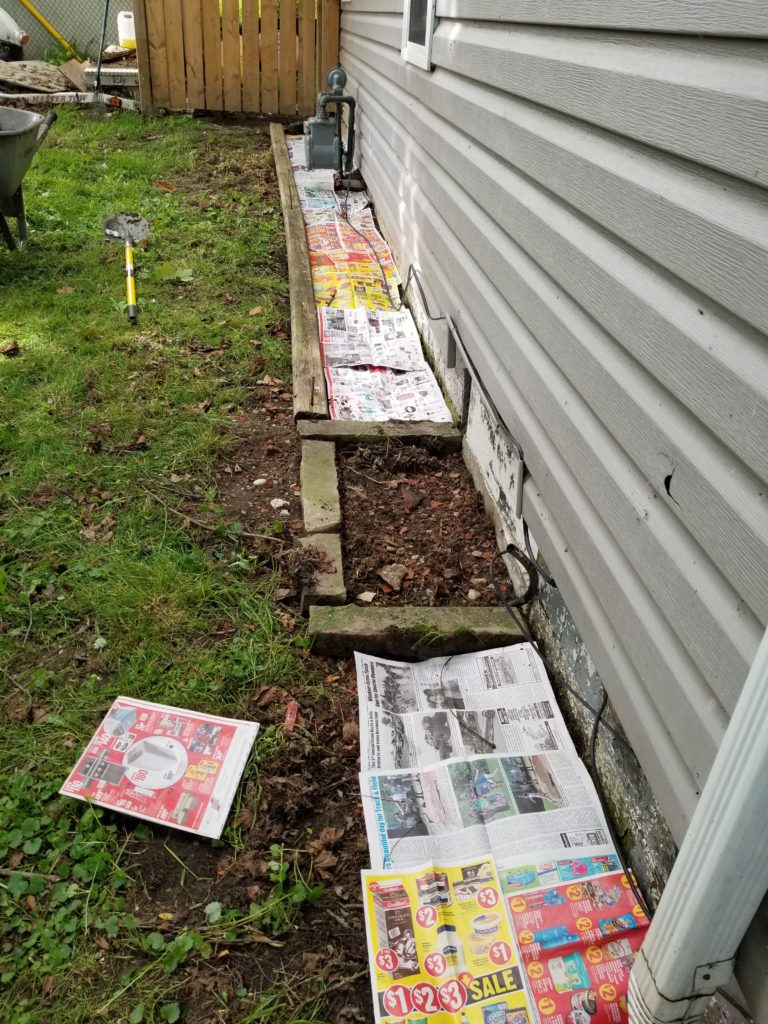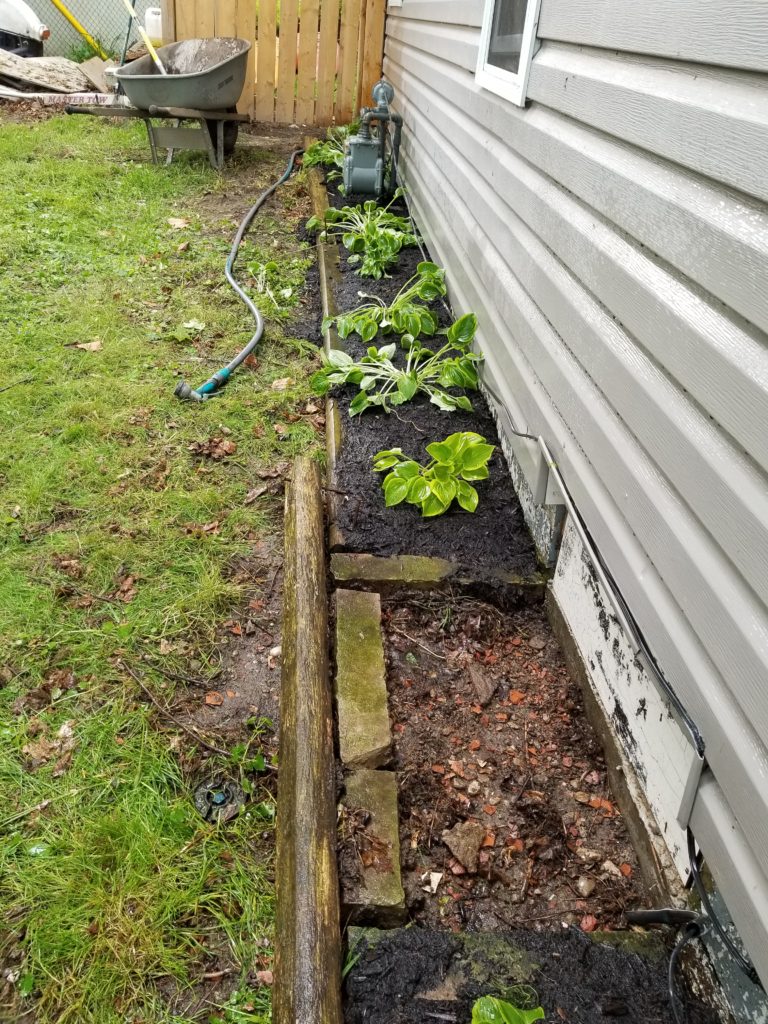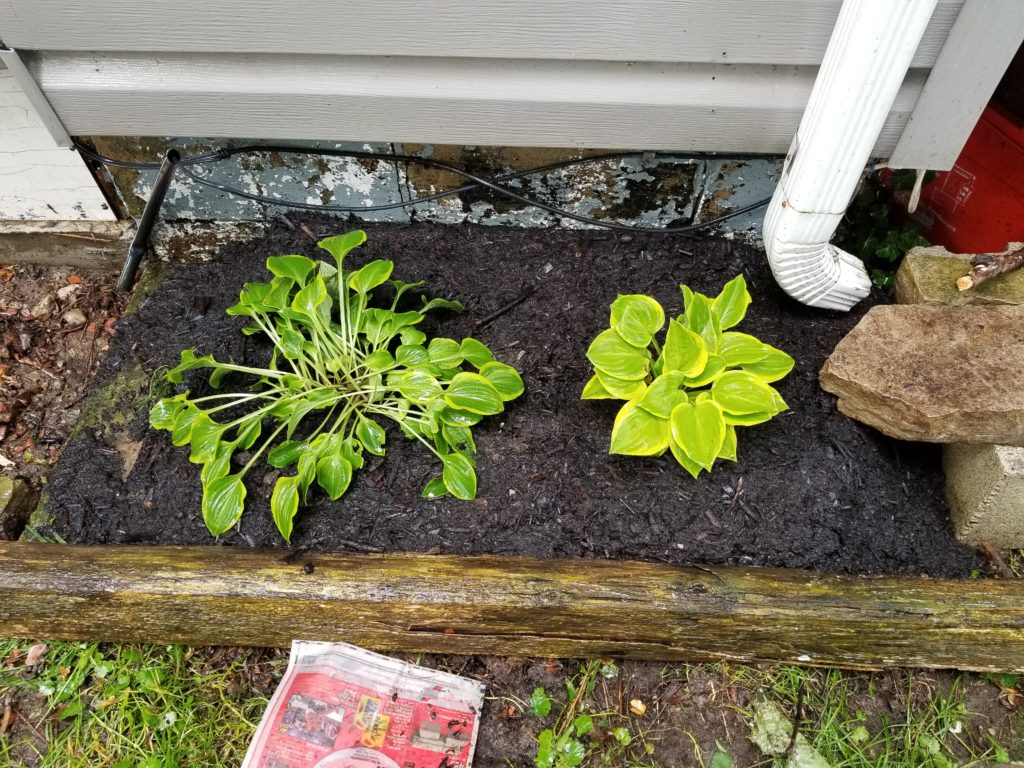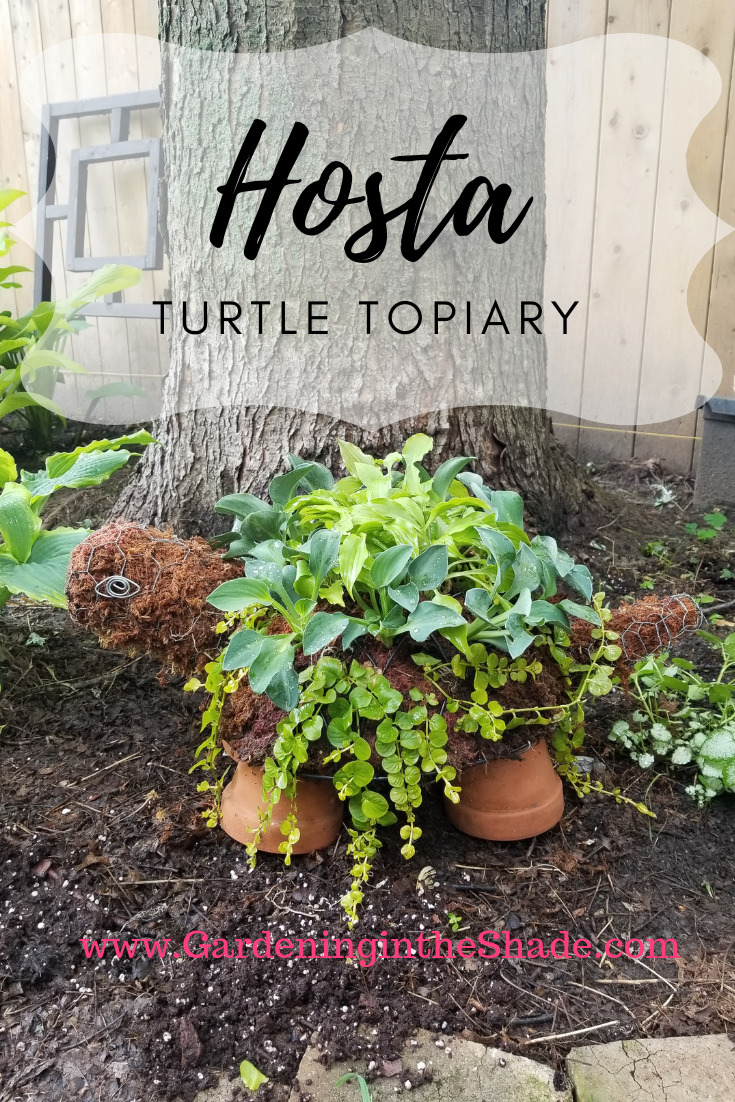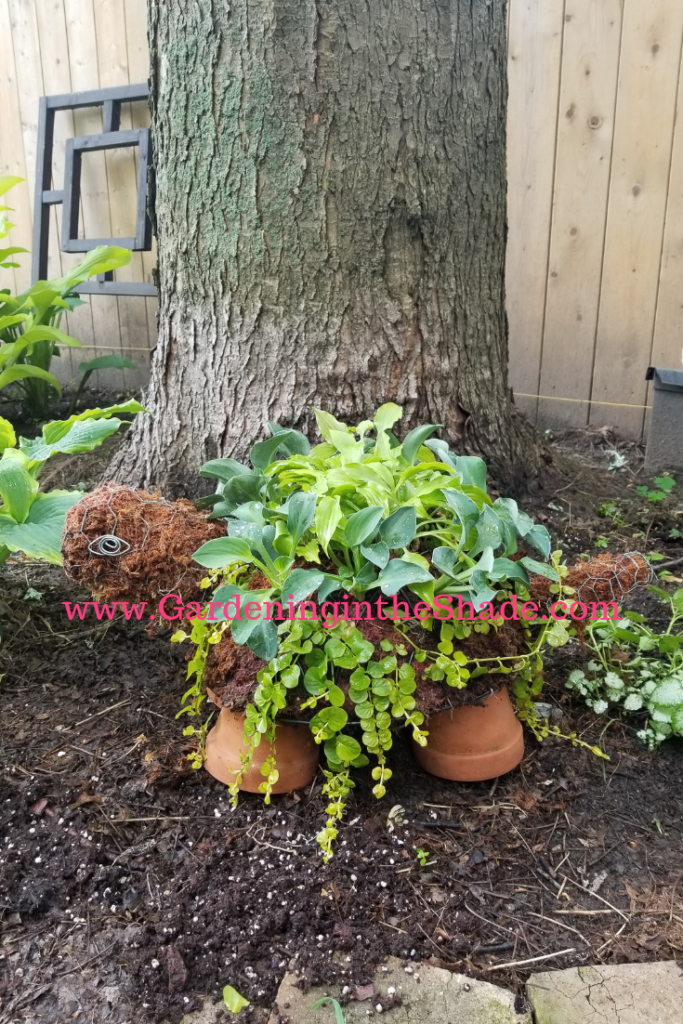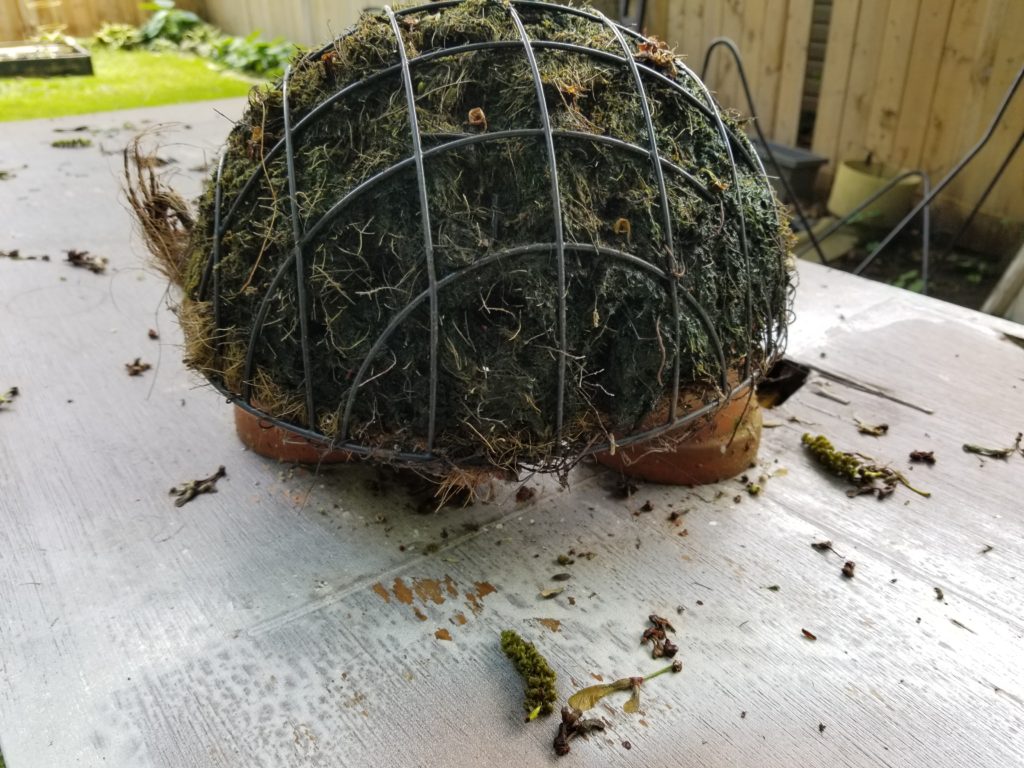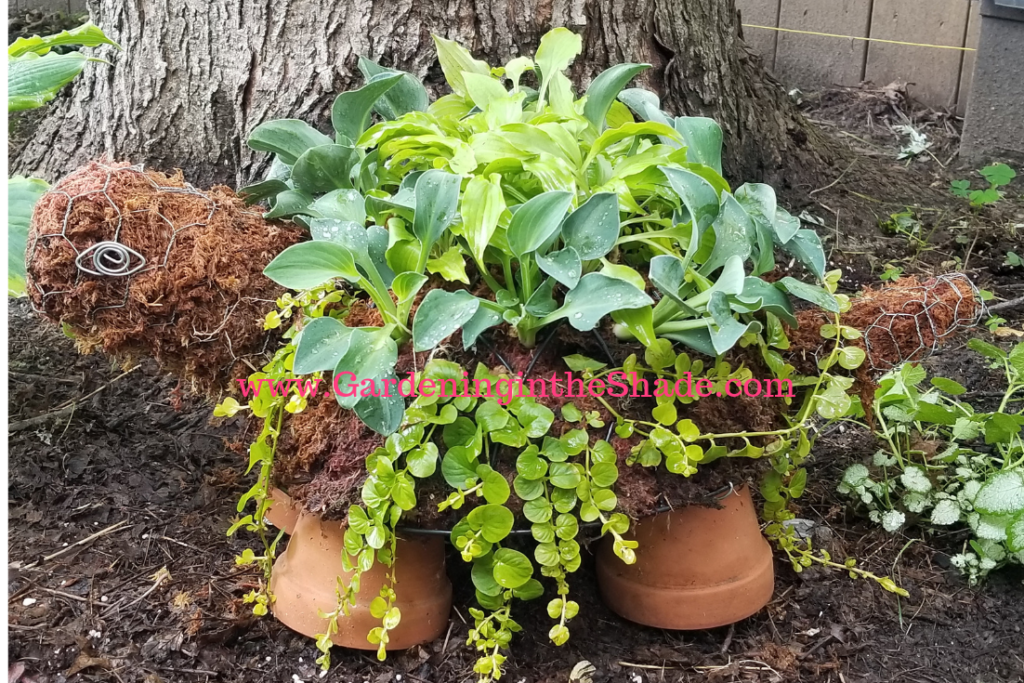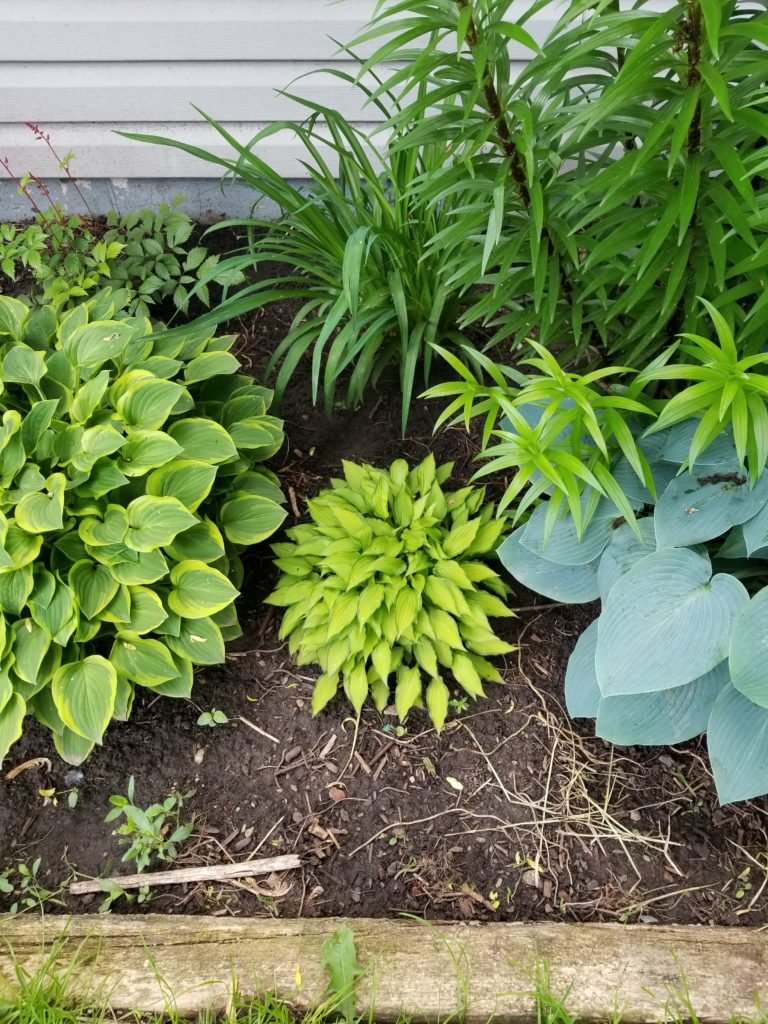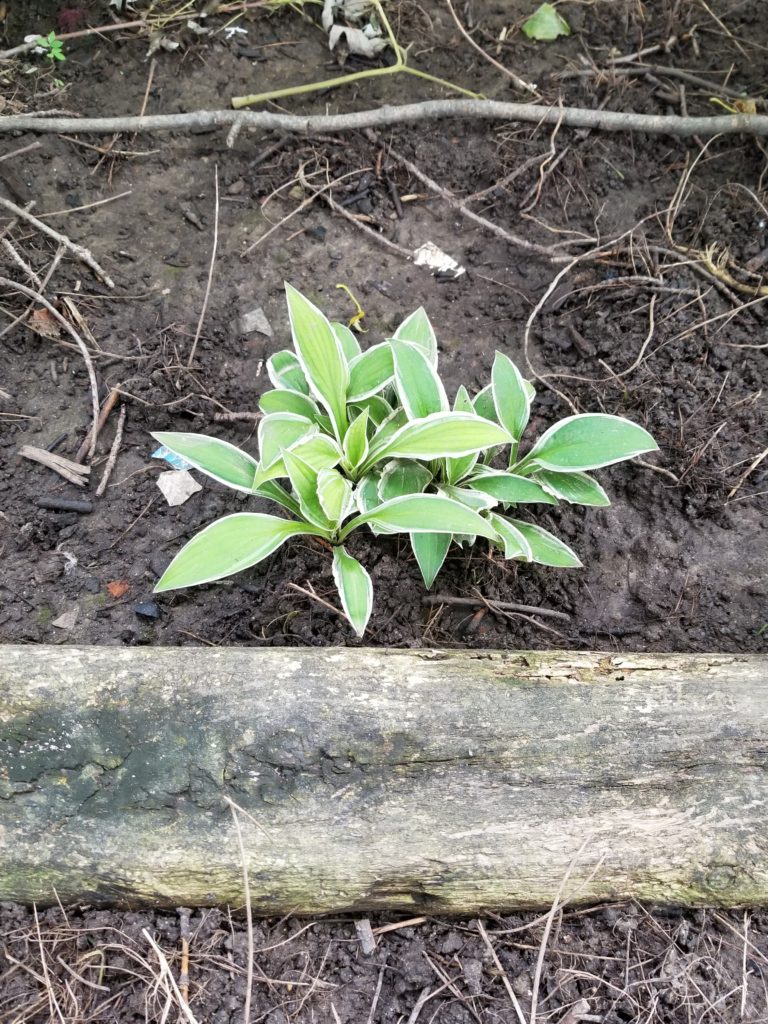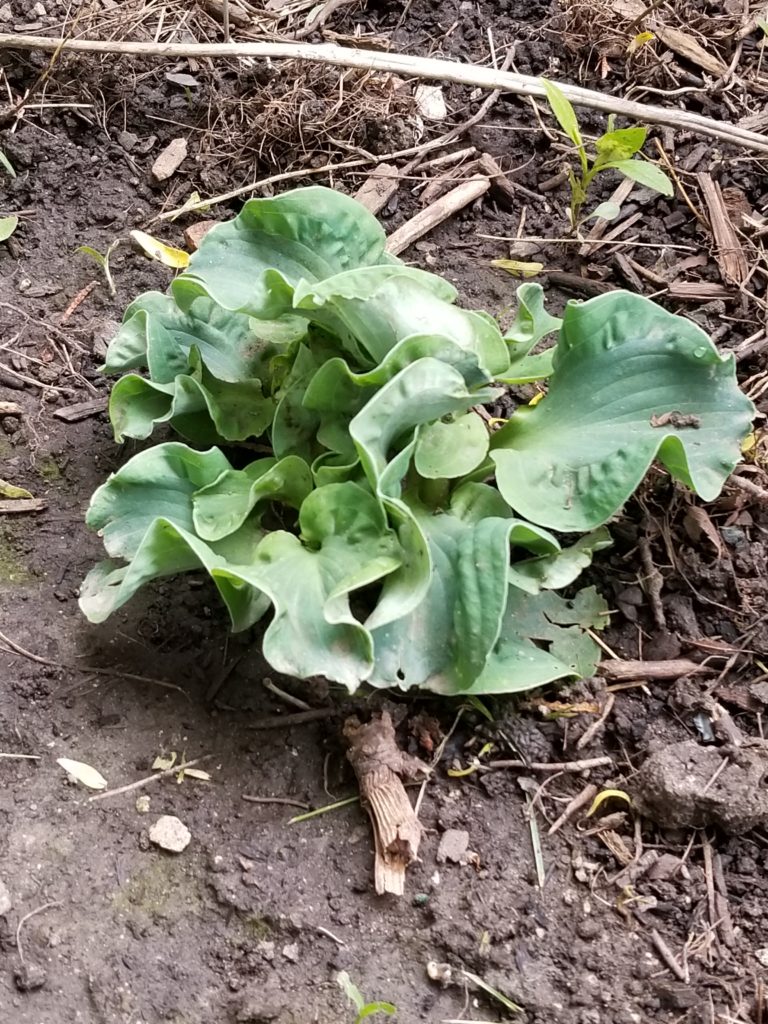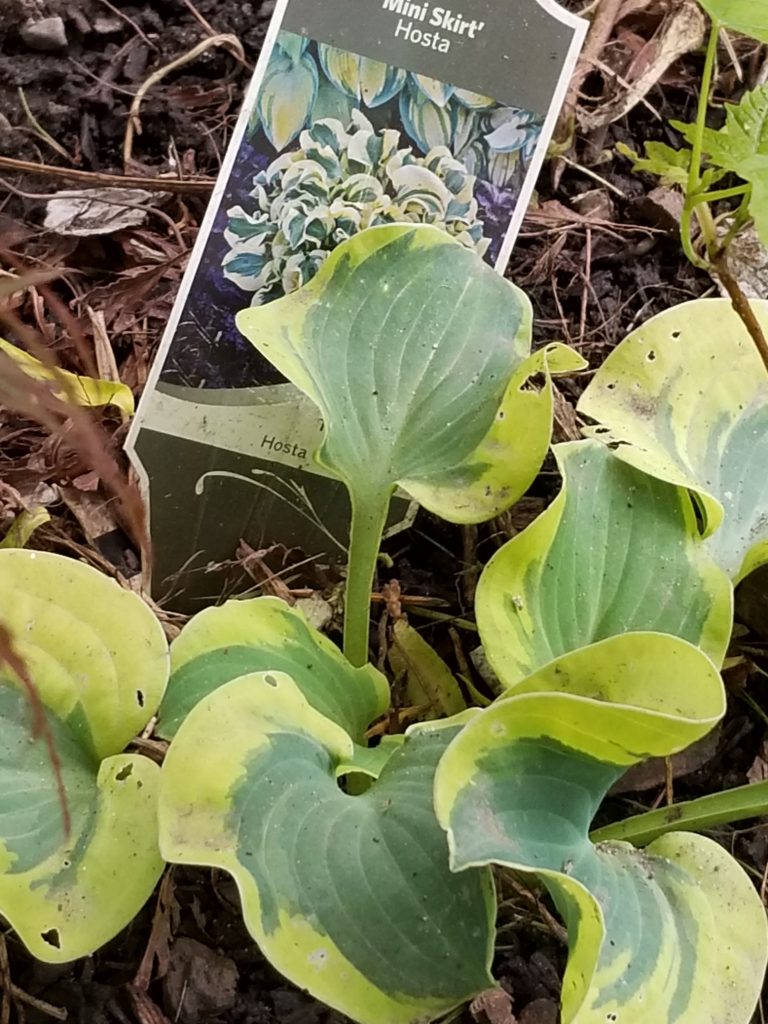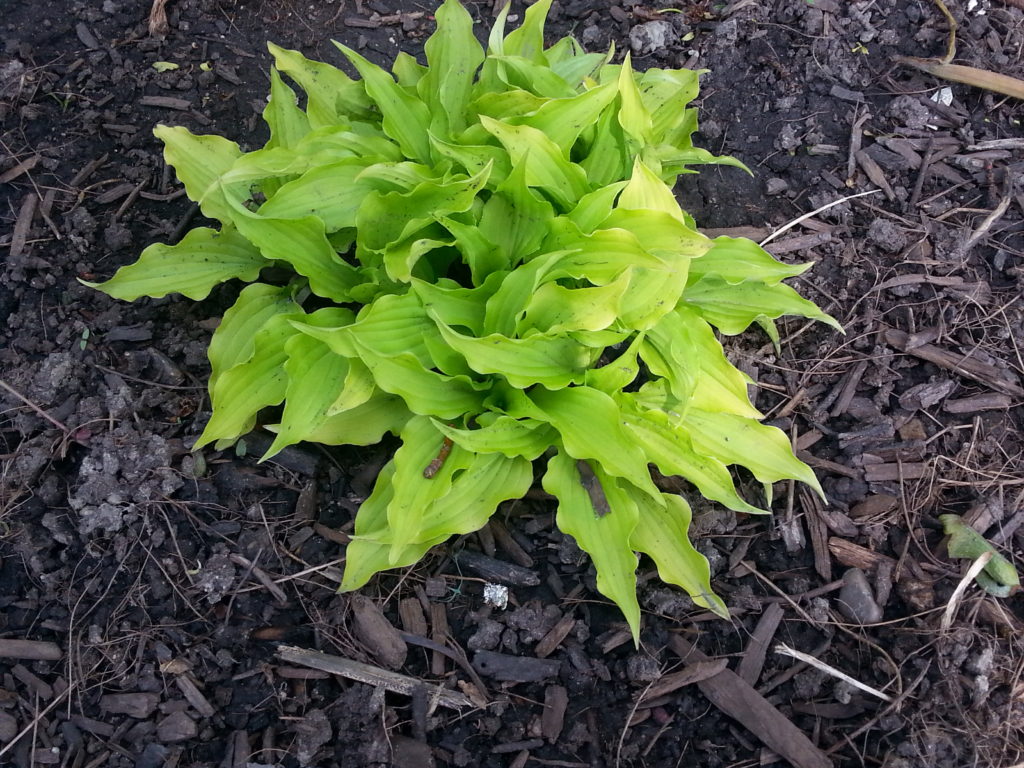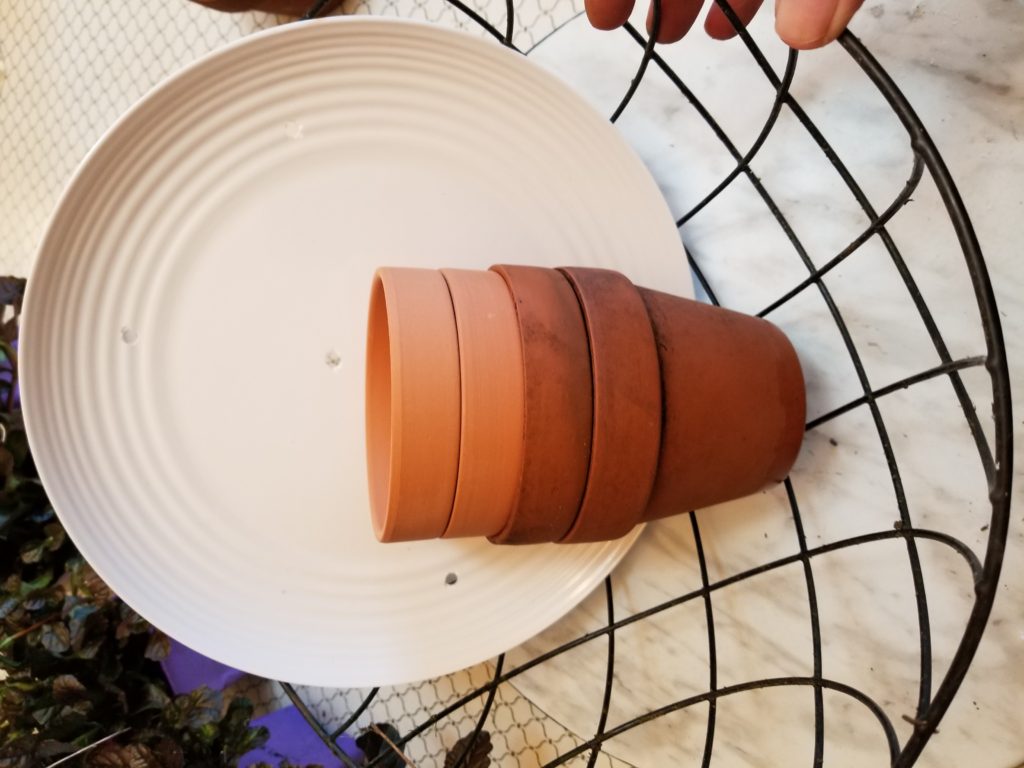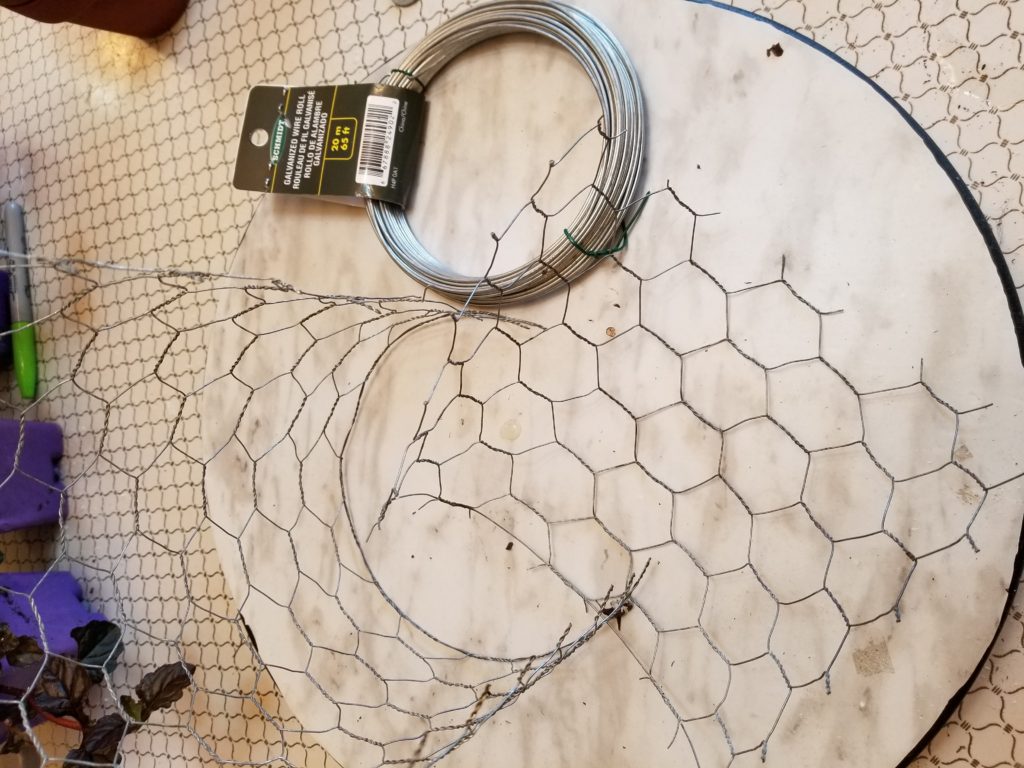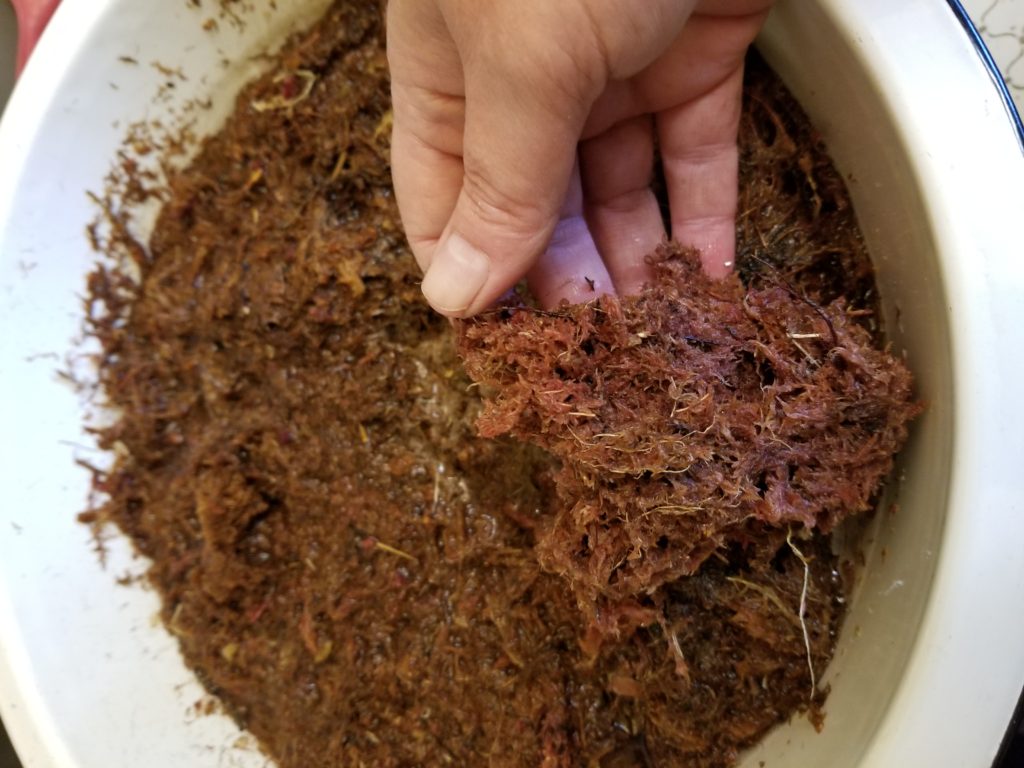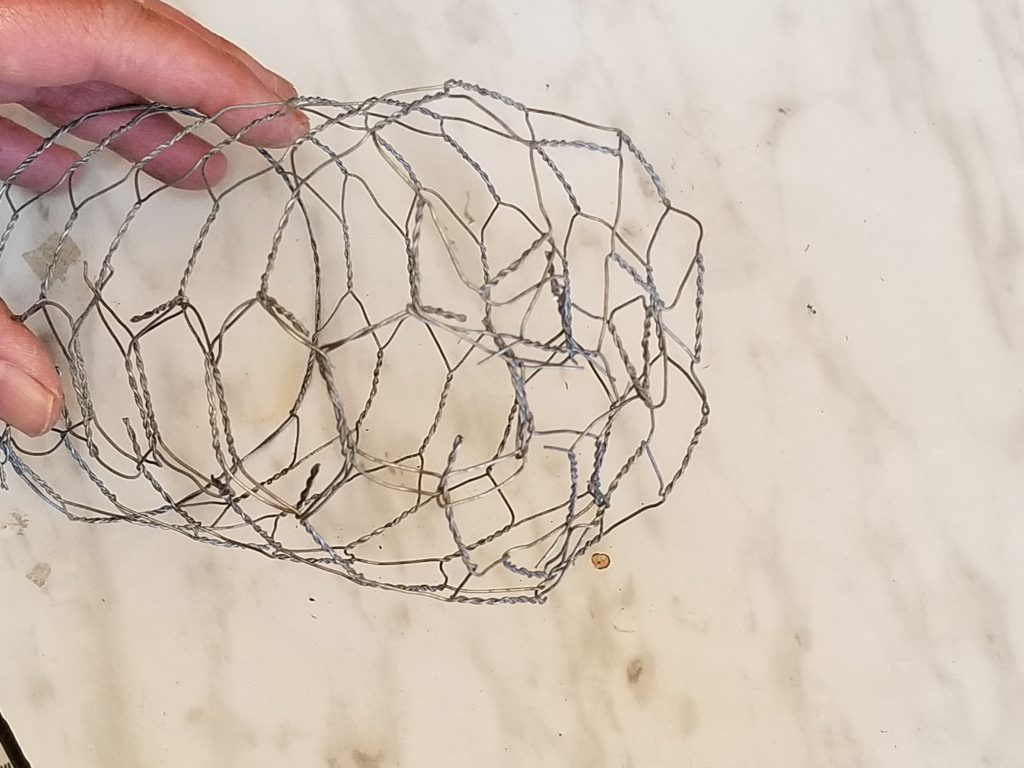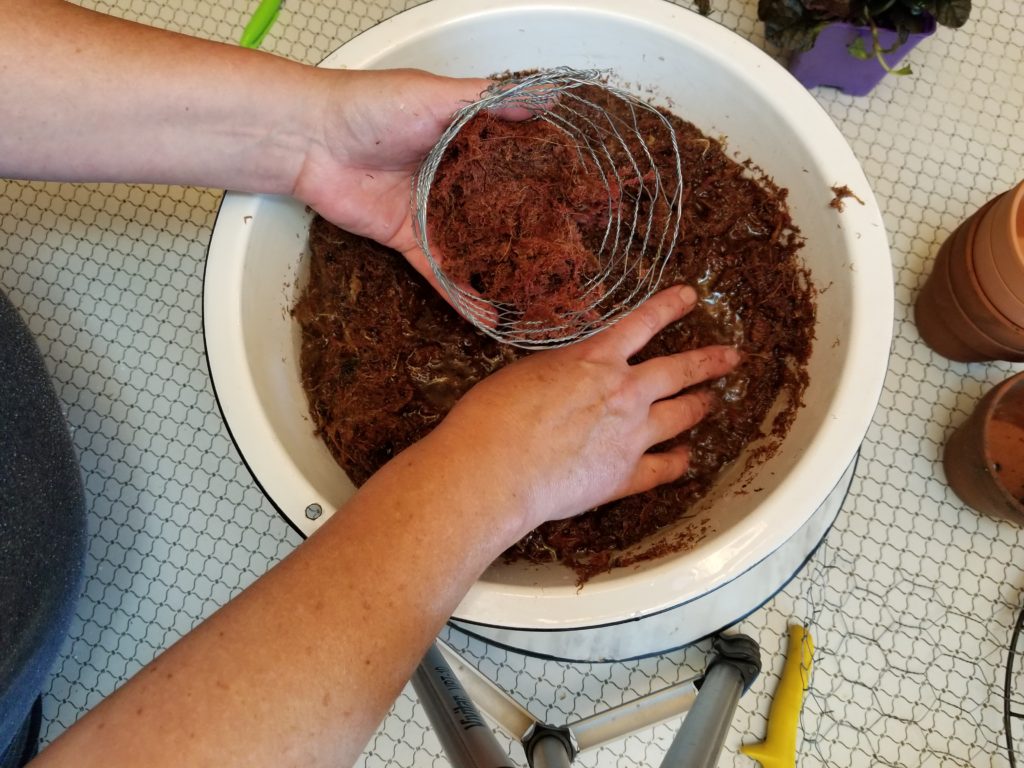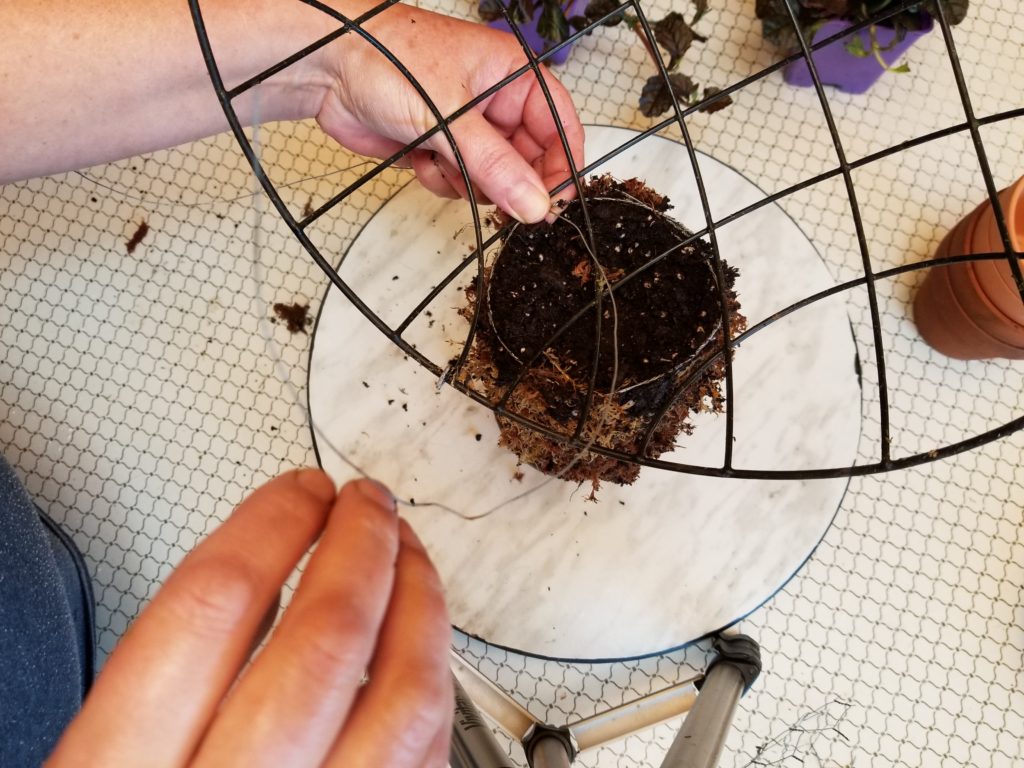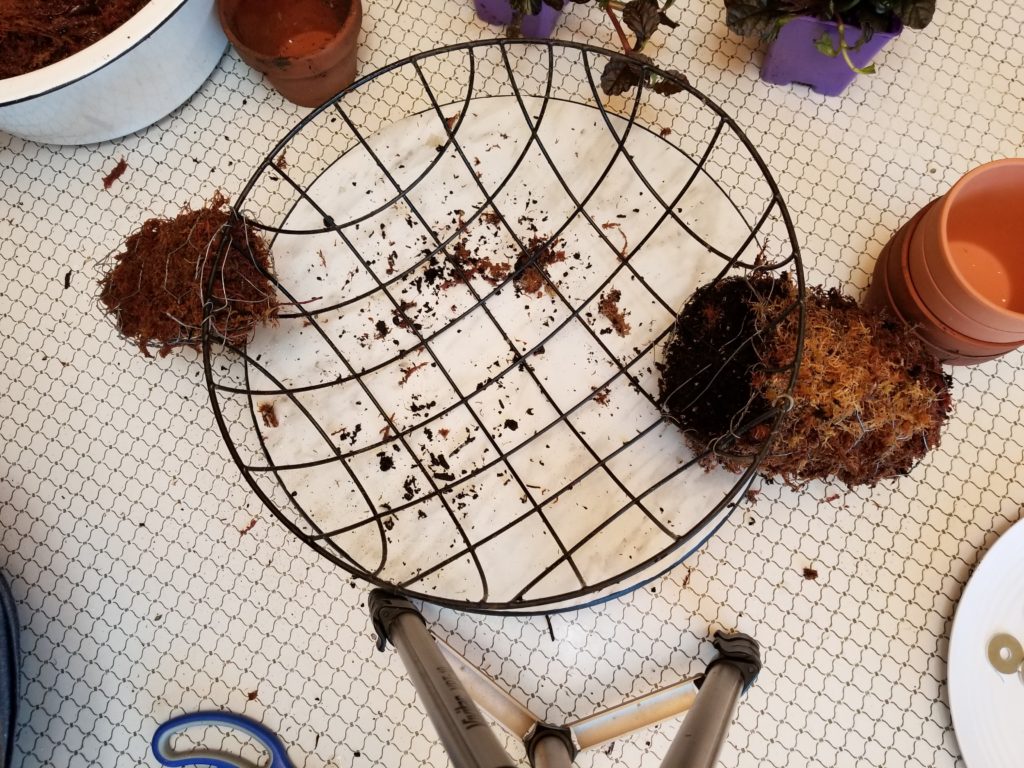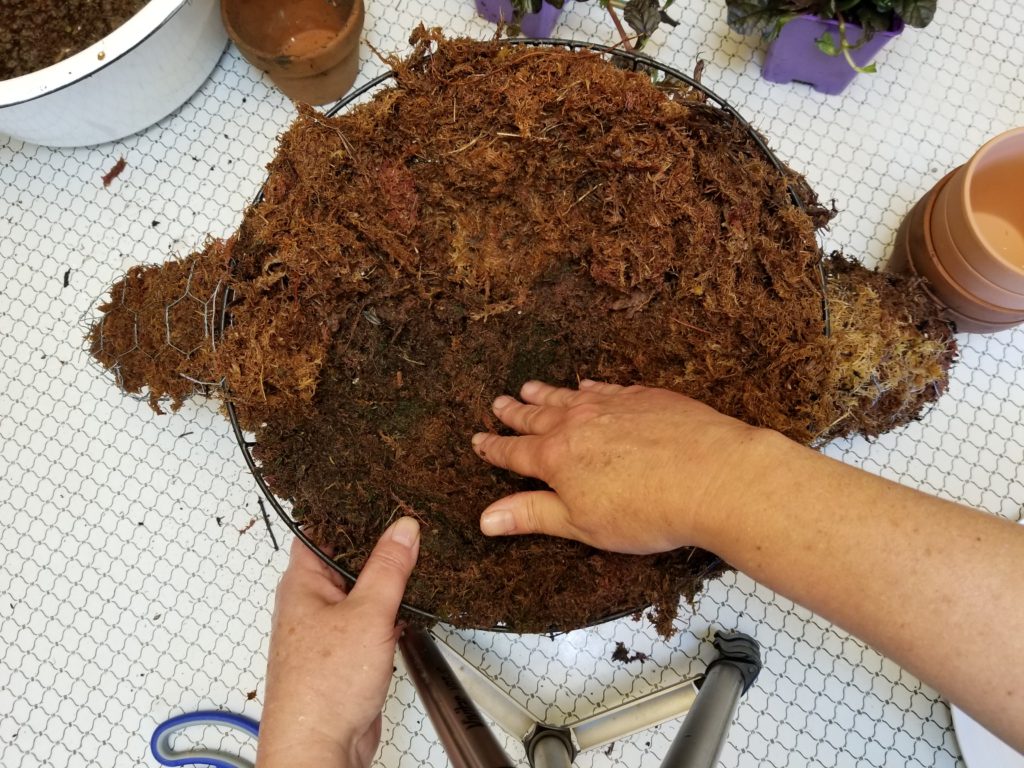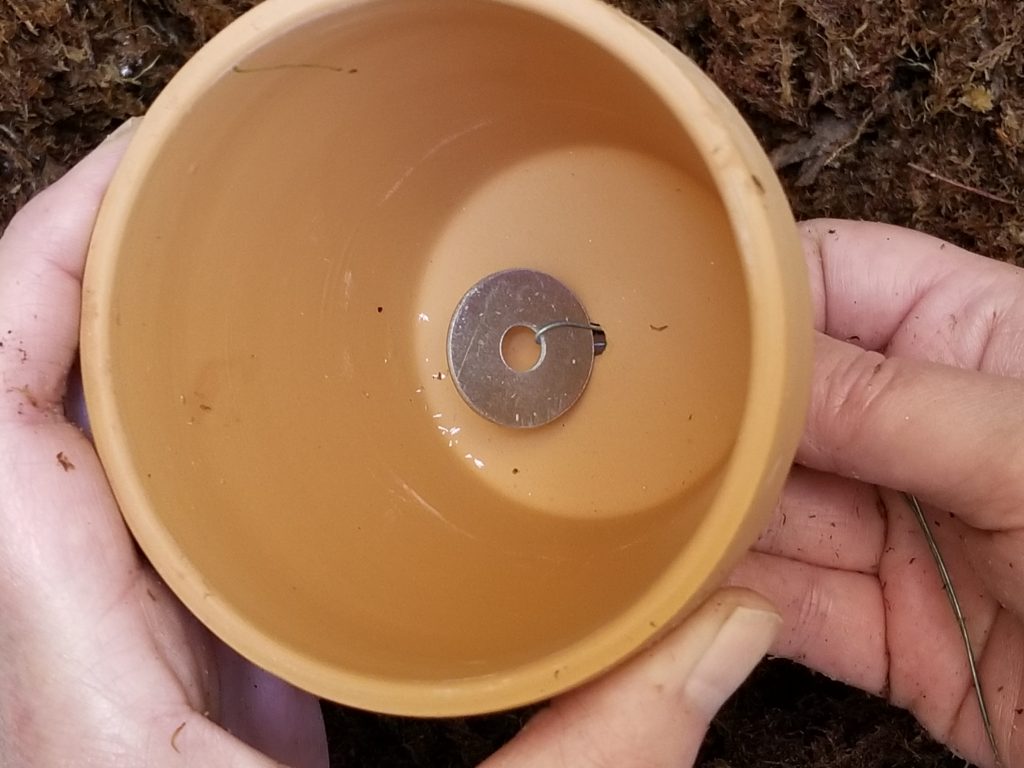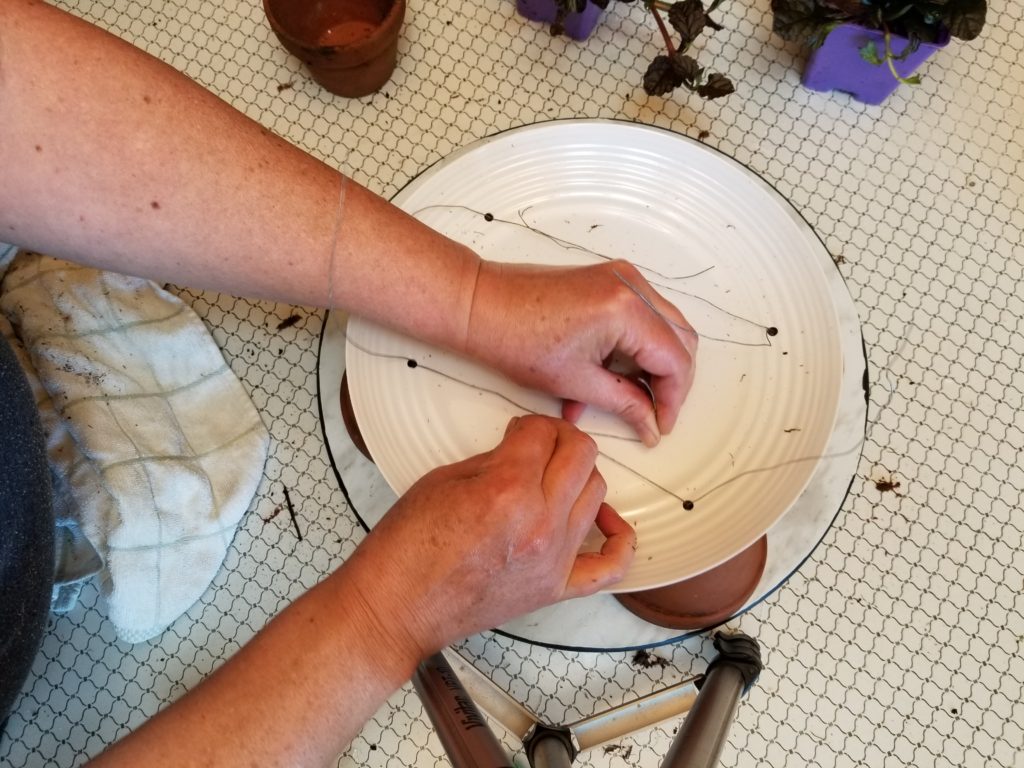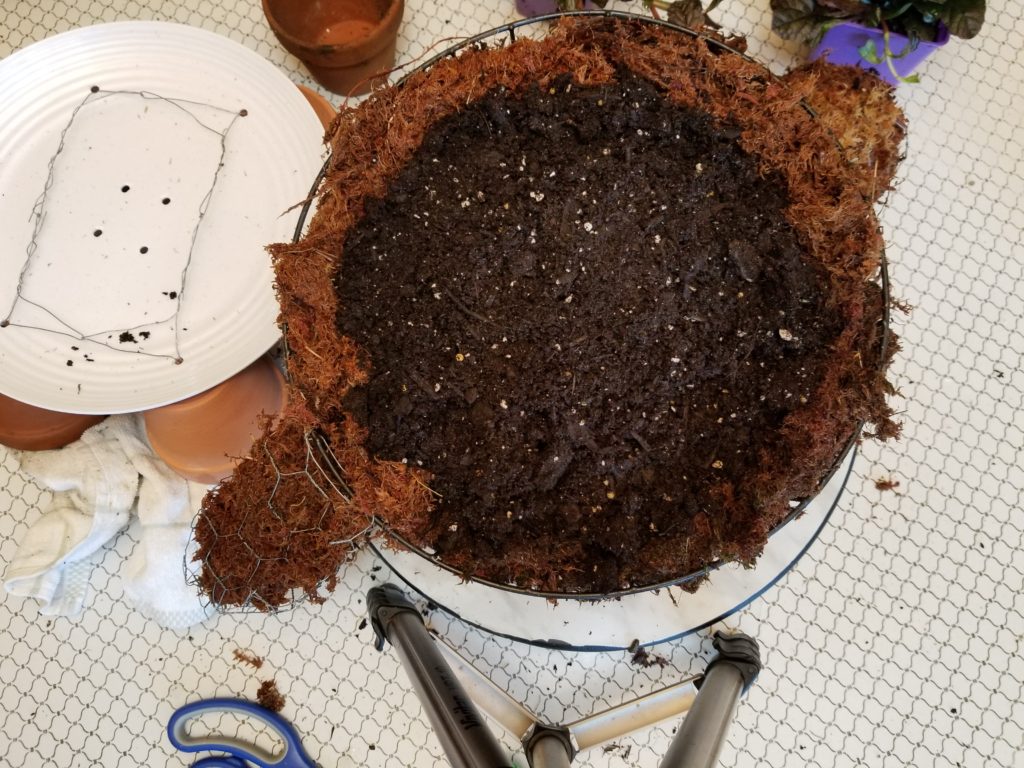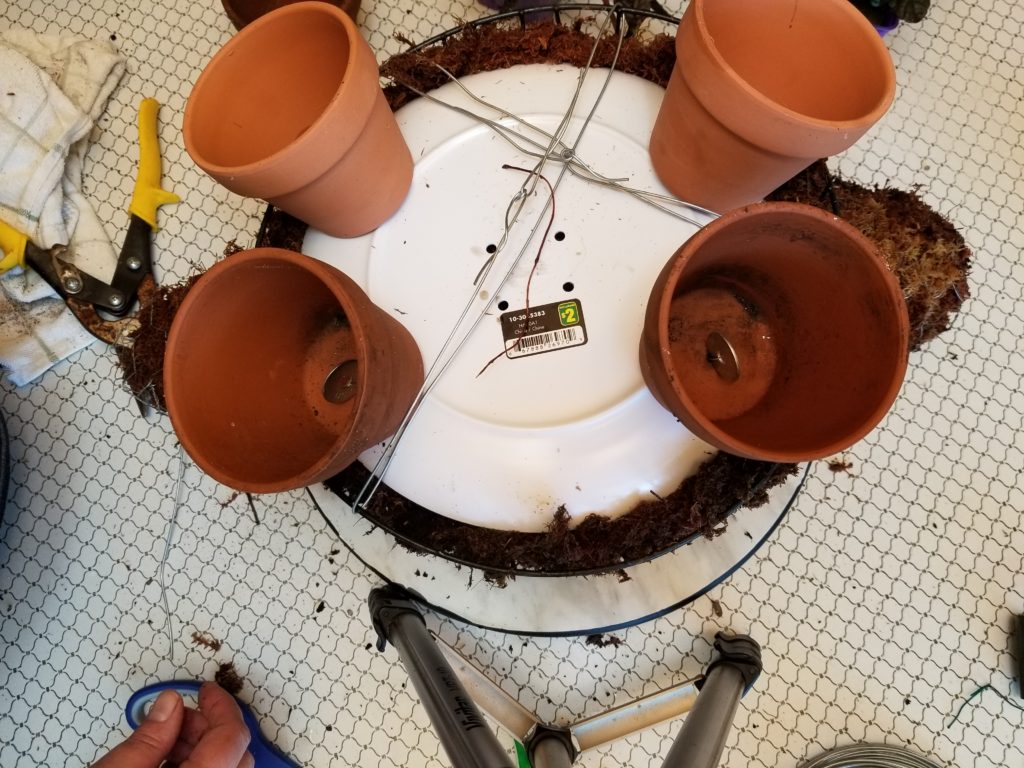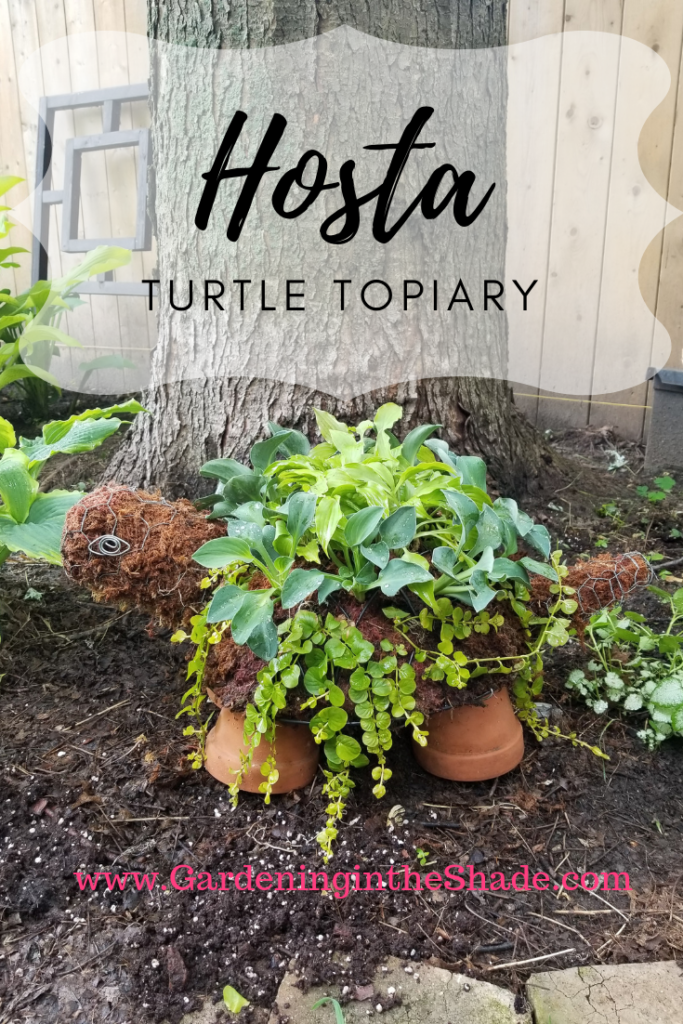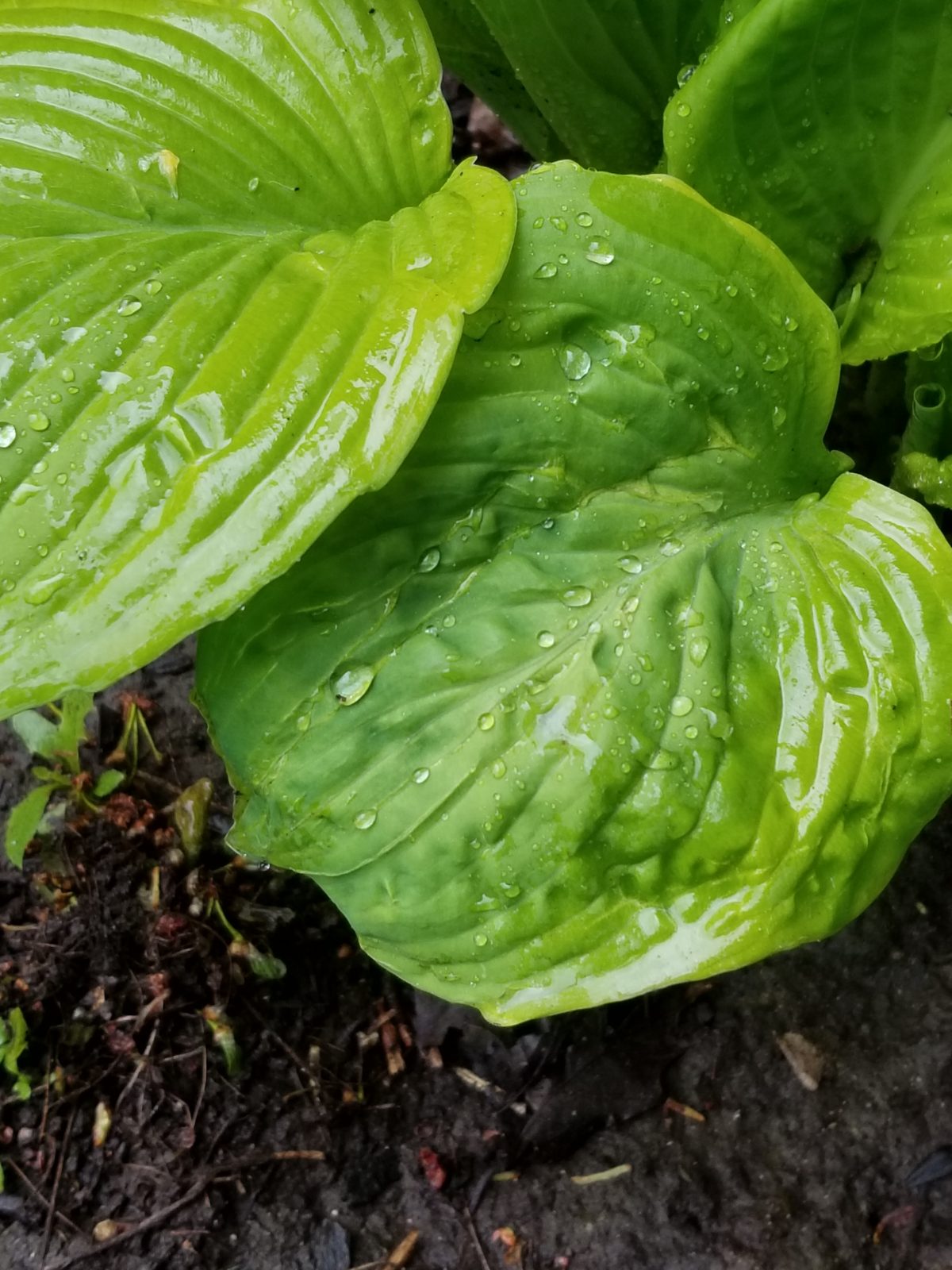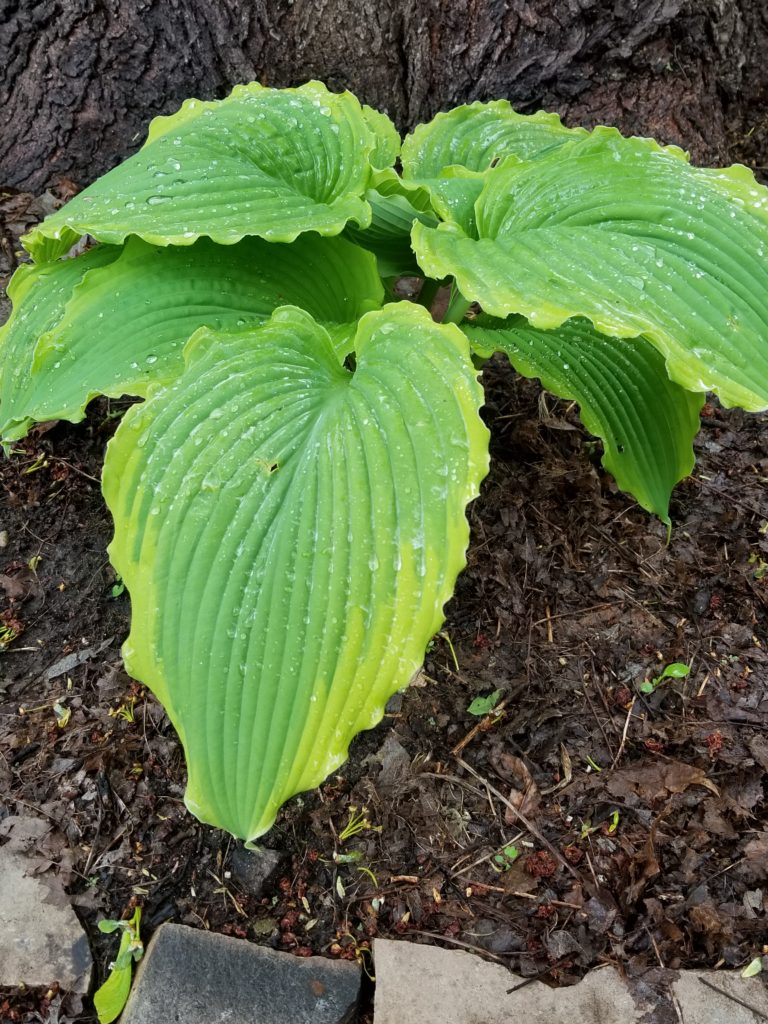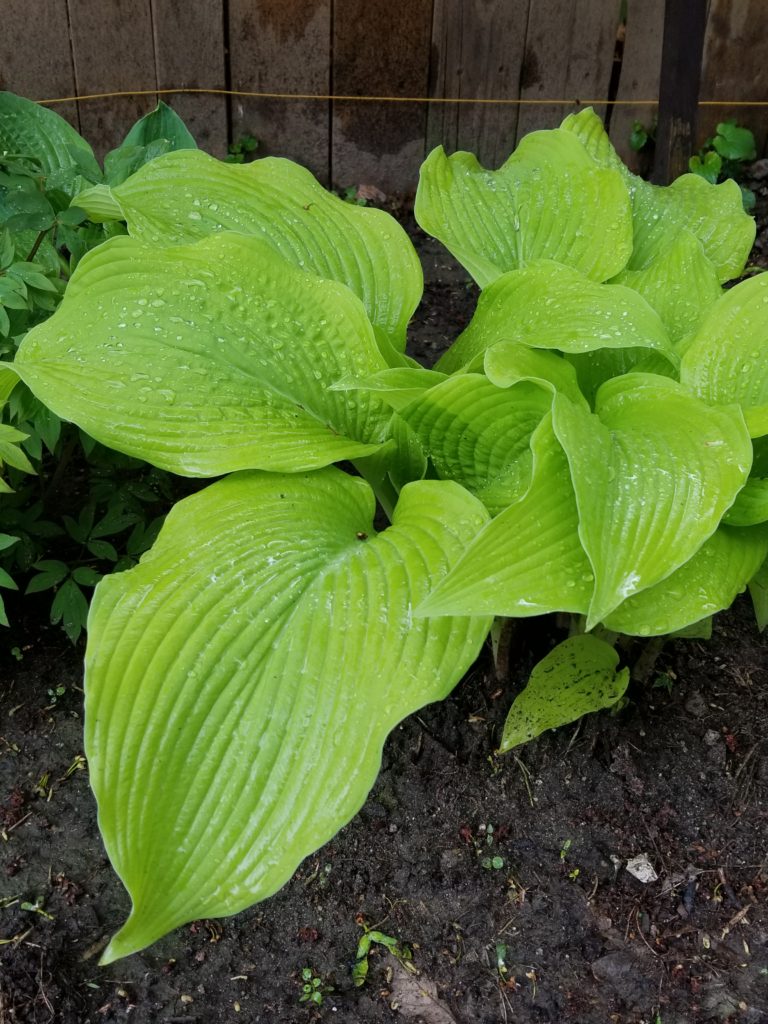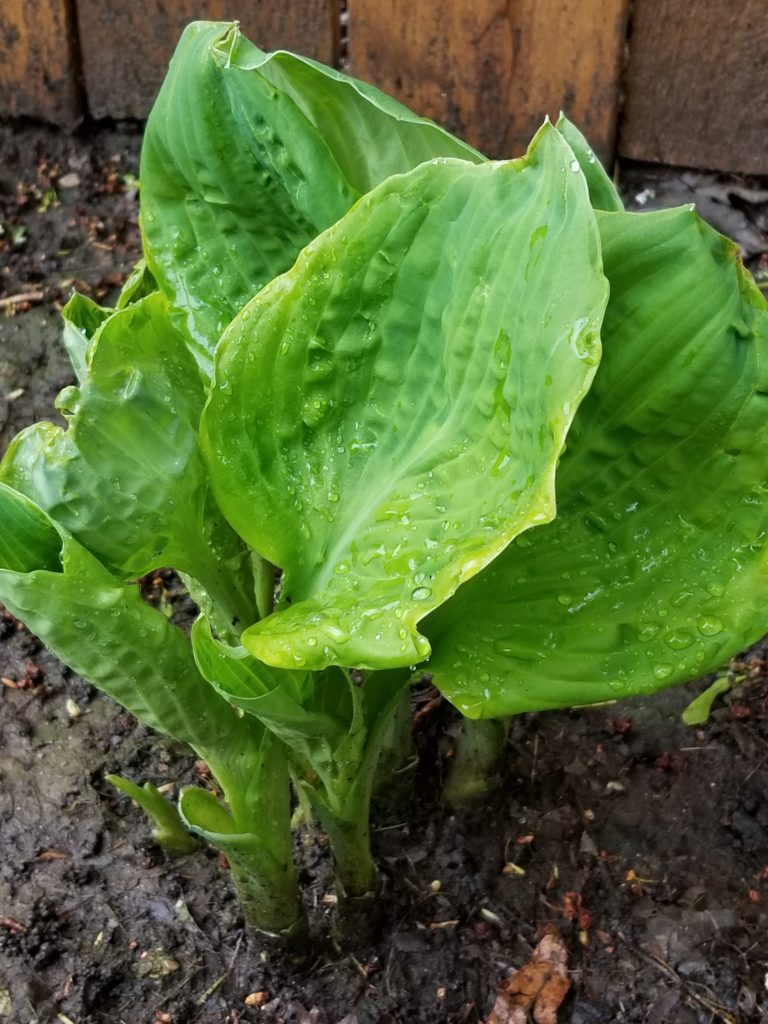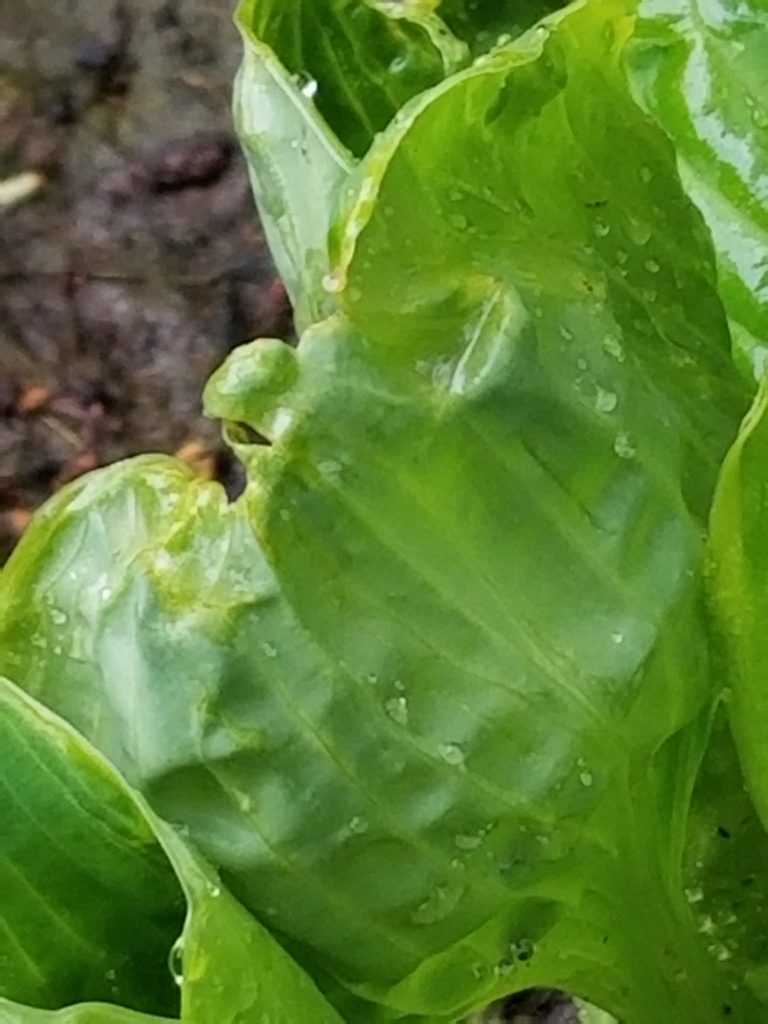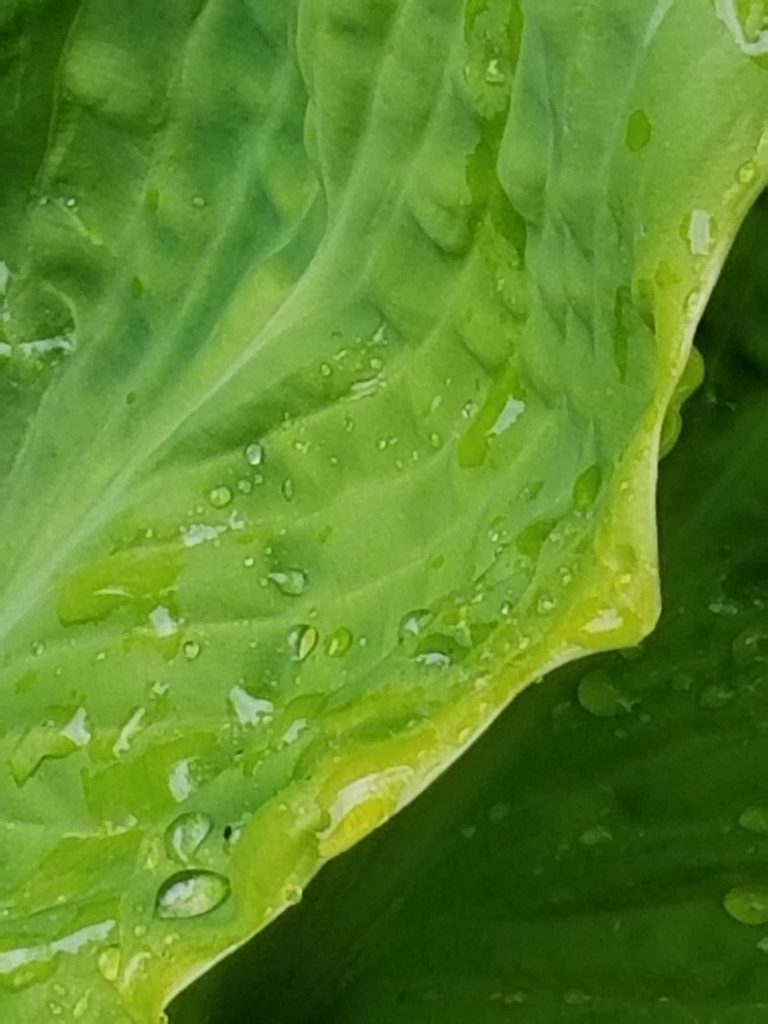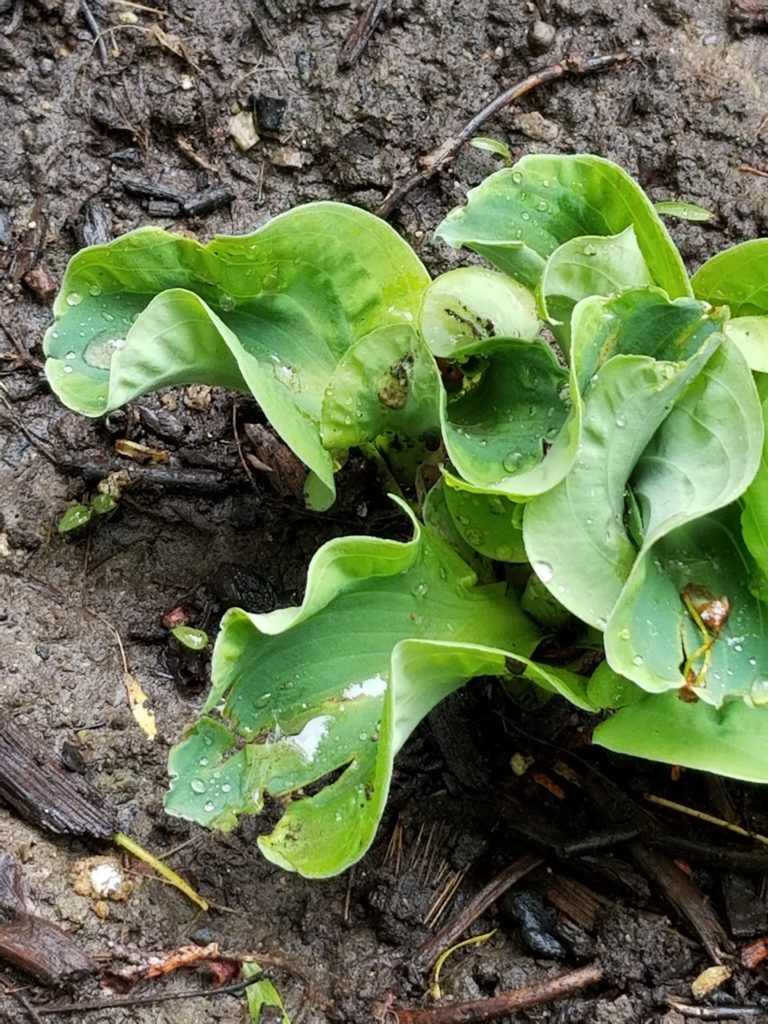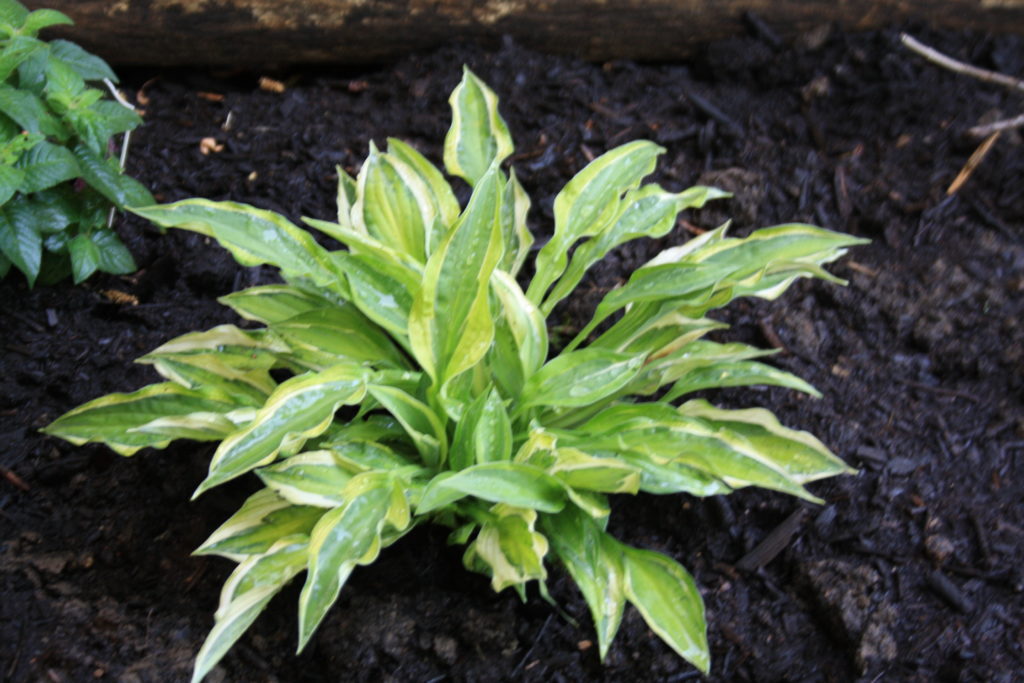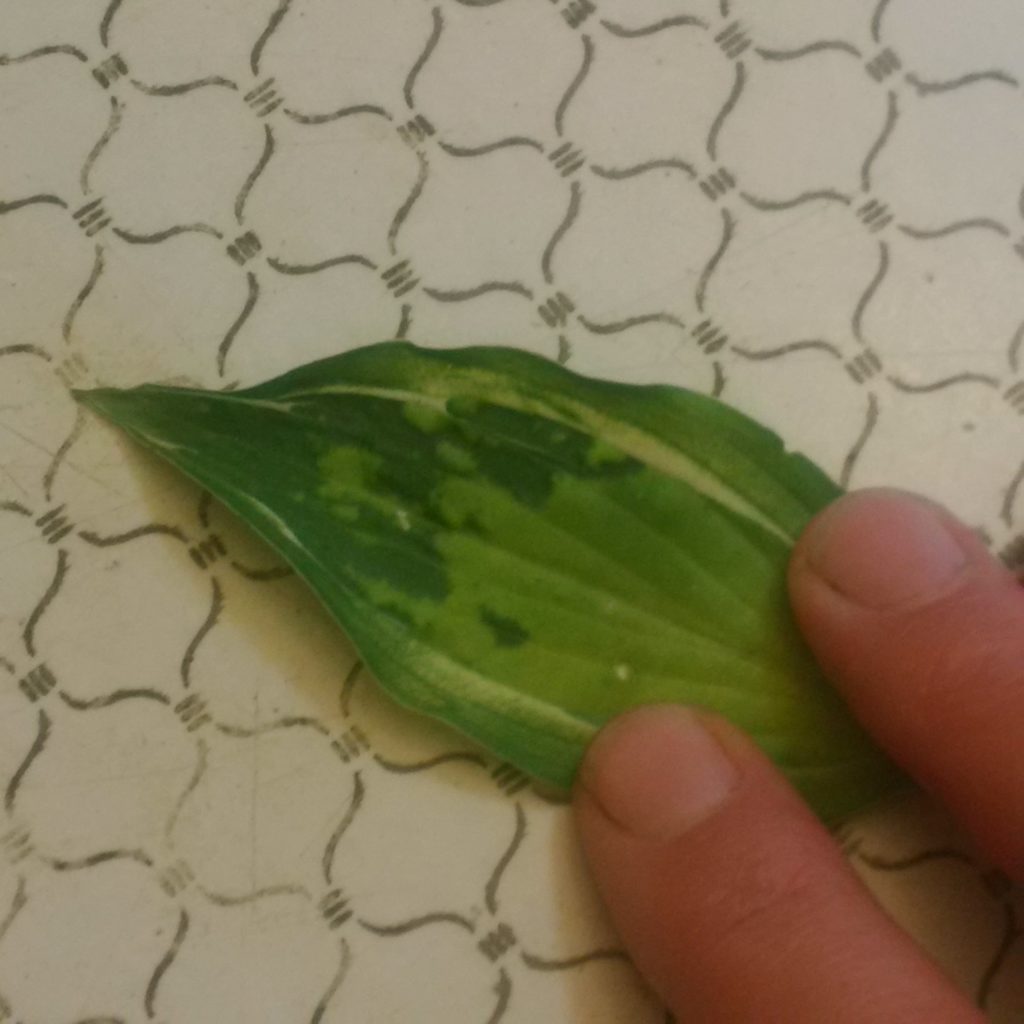Sure succulents are cool, but have you tried Mini Hosta yet?
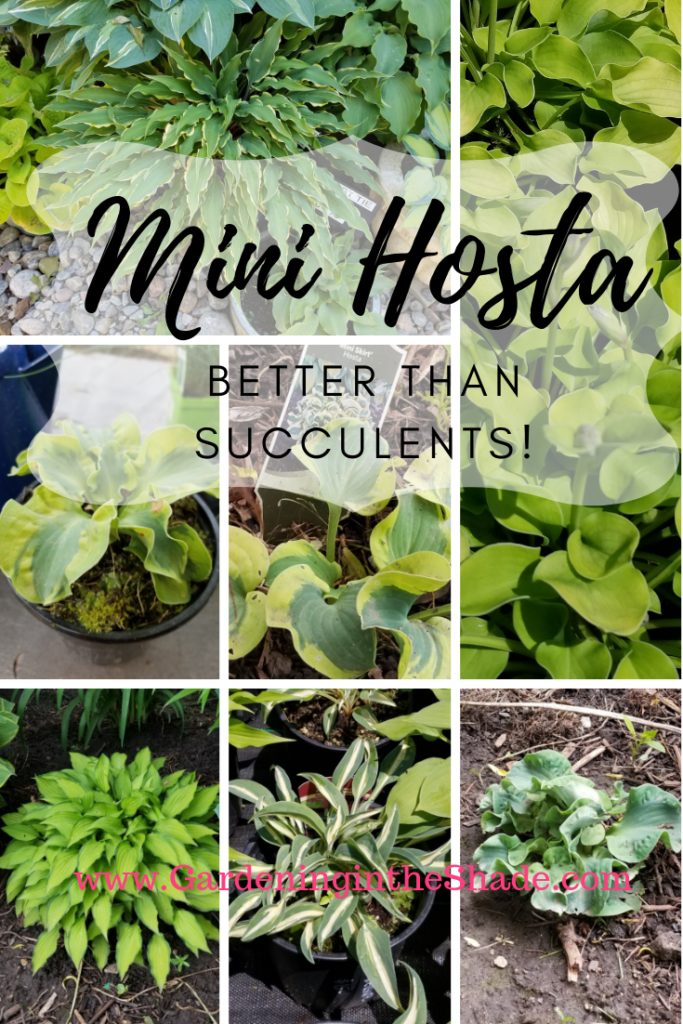 They come in blue, green, yellow, and all kinds of variegated combinations. Some are really tiny and some are just small, leaves might be long and narrow or short and round.
They come in blue, green, yellow, and all kinds of variegated combinations. Some are really tiny and some are just small, leaves might be long and narrow or short and round.
Miniature Hosta are just as collectible as succulents. Well really, all hosta are collectible, but miniatures have nearly as many adorable planting options as succulents. Check out my up-cycled enamel kettle planter!
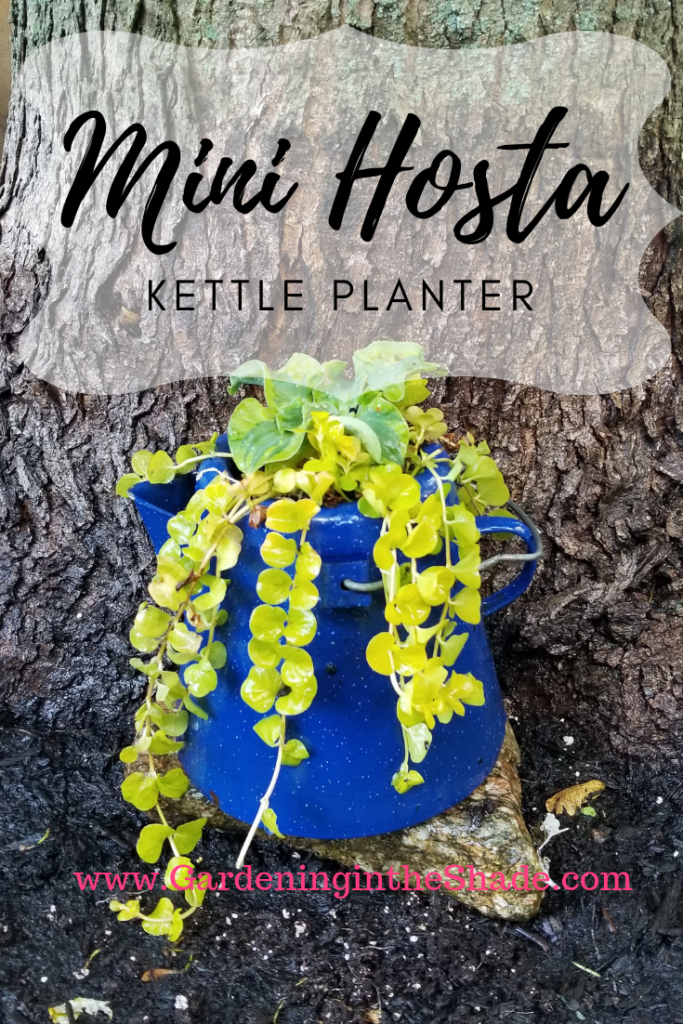
I found this blue enamel kettle at Value Village and decided it would be perfect for a small planter. Most of the time I prefer large planters, but for a miniature, this is a large planter.
Hosta are a perennial but they do very well in planters. Some people have hosta that are in the same planter for years, they just store it in an unheated building over the winter and bring them out when the pips are ready to emerge.
Benefits of Hosta in Pots
- you can control the moisture more easily in a planter.
- they’re portable, you can move them where you like without touching a shovel.
- perfect for tenants who want a lovely garden but don’t want to leave behind their collection if they move.
- if you worry about HVX, pots and planters are effective quarantine for new plants.
The Mini Hosta Kettle
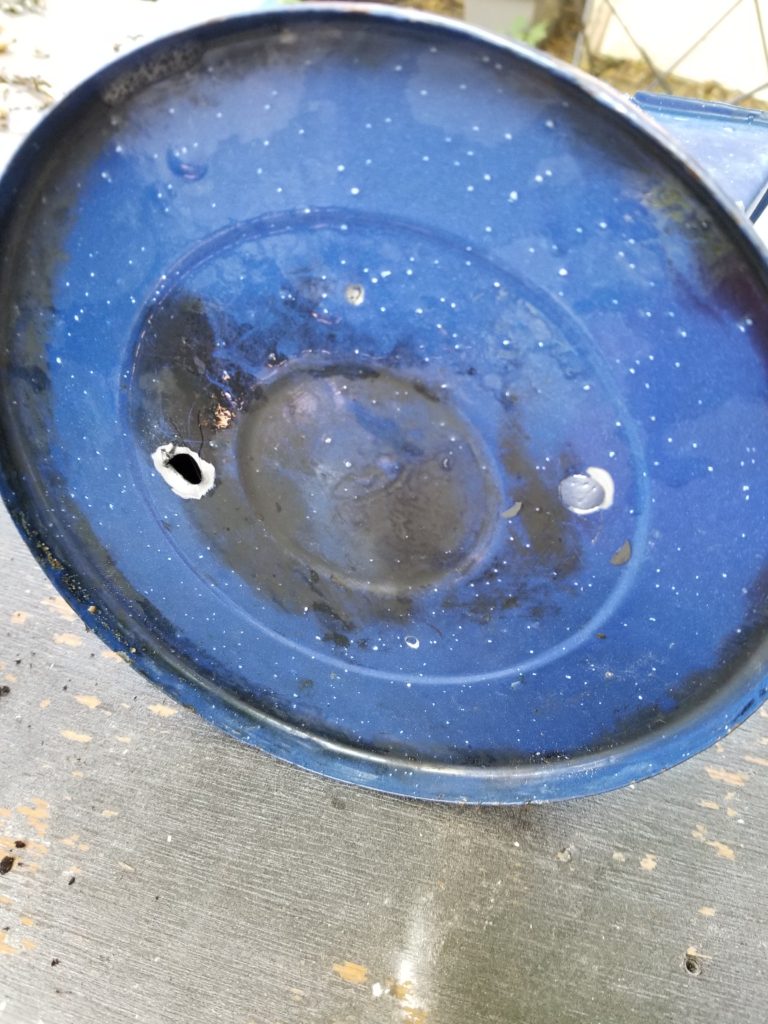
This kettle won’t be used to make tea ever again after I drilled a couple of drainage holes in the bottom.
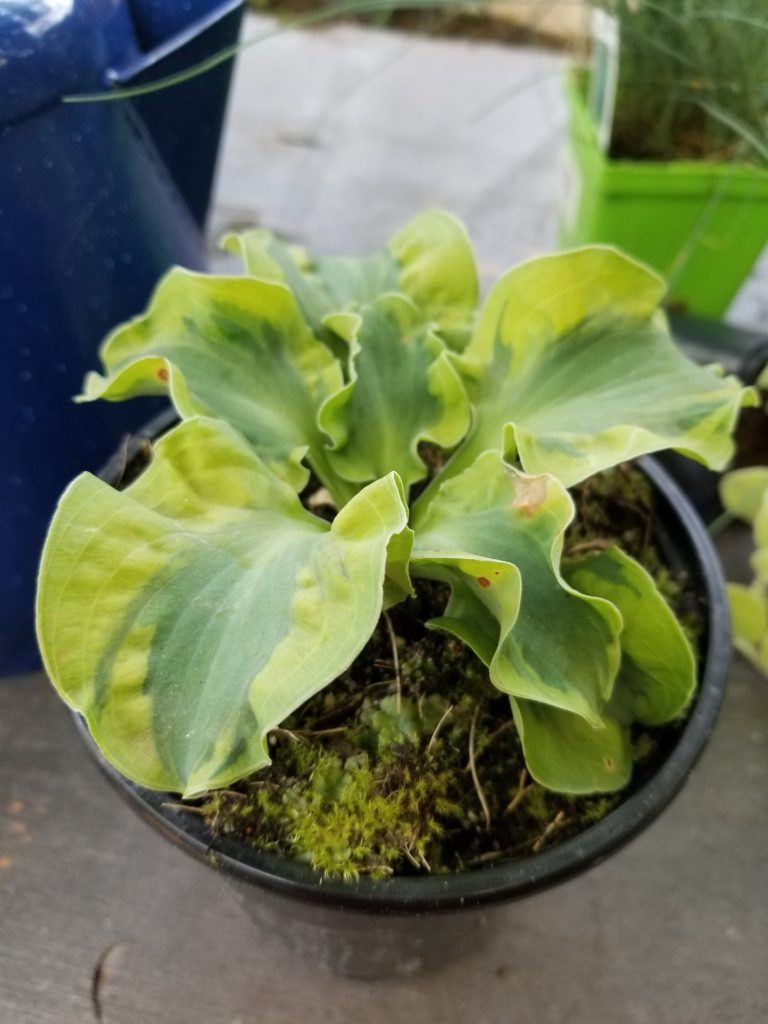
Hosta ‘School Mouse’ is the star of this planter. See the green stuff growing on the top of the soil? That’s something that happens sometimes in greenhouses, scrape that off before transplanting.
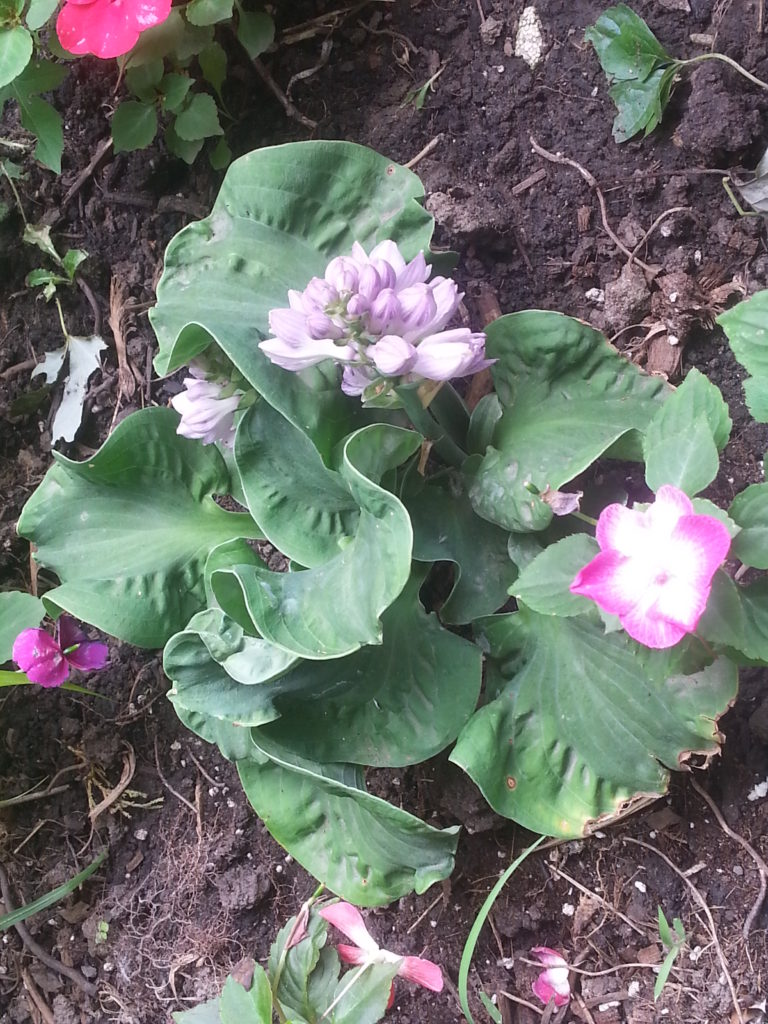 School Mouse was an impulse buy, but notice how similar it is to ‘Church Mouse’? I love those ruffled twisty leaves.
School Mouse was an impulse buy, but notice how similar it is to ‘Church Mouse’? I love those ruffled twisty leaves.
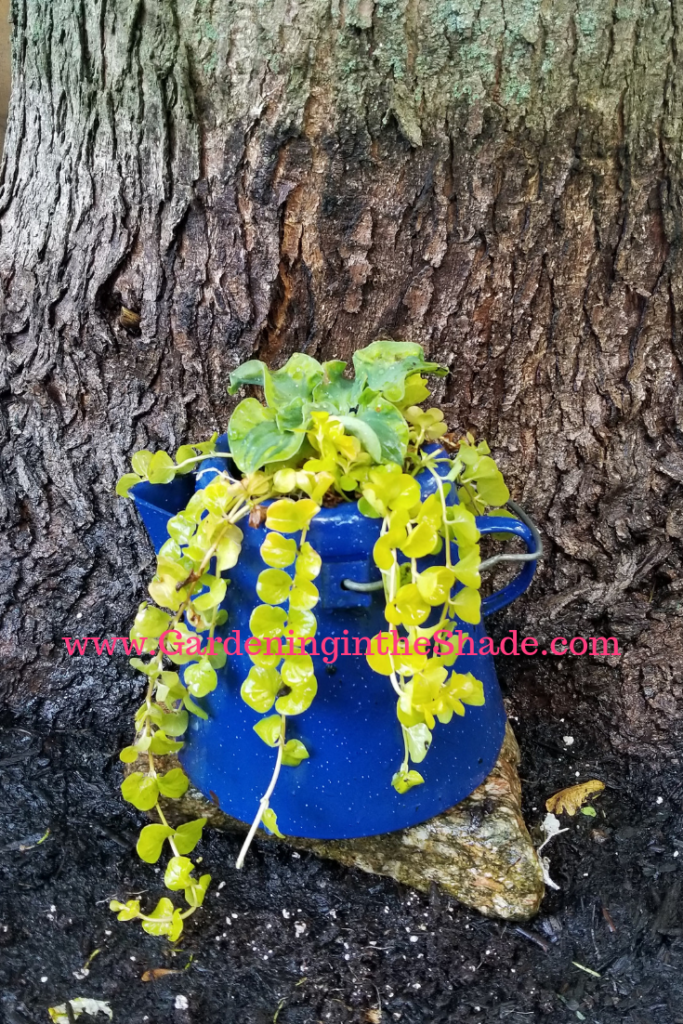
I added some creeping jenny (Lysimachia) as a trailer and there it is – a planter that is just as adorable as a succulent. Still don’t believe me? Take a look at the Hosta Turtle I made last week.
So what do you think? Could you get hooked on Mini Hosta?

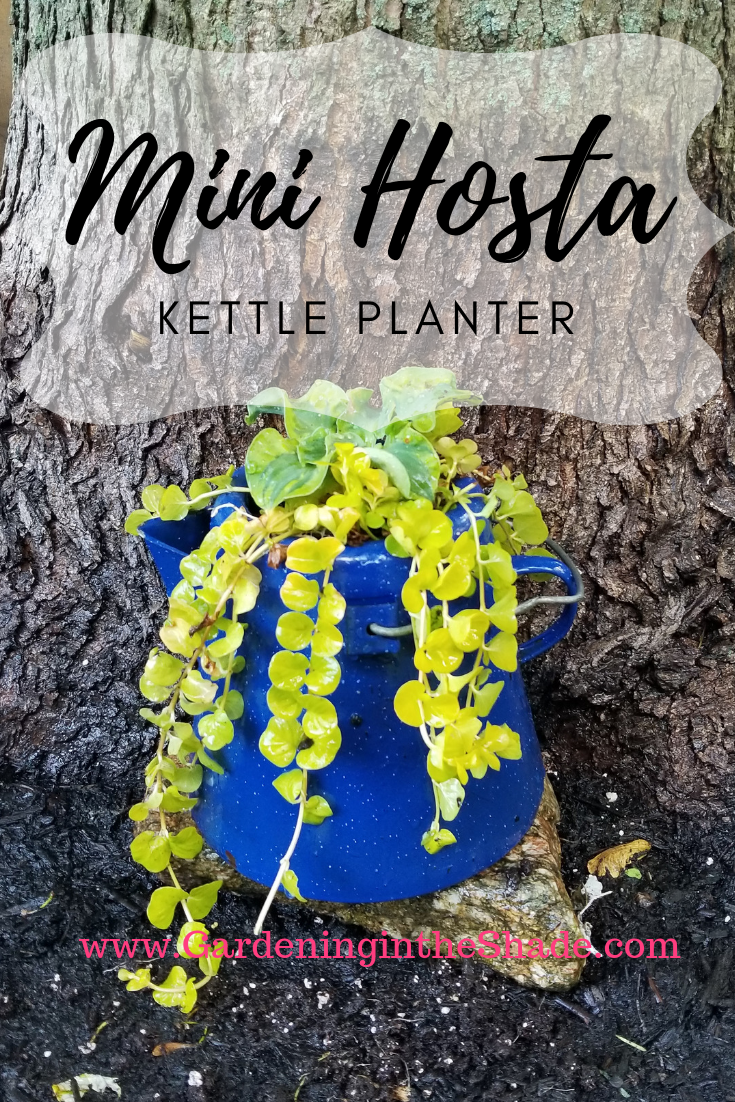
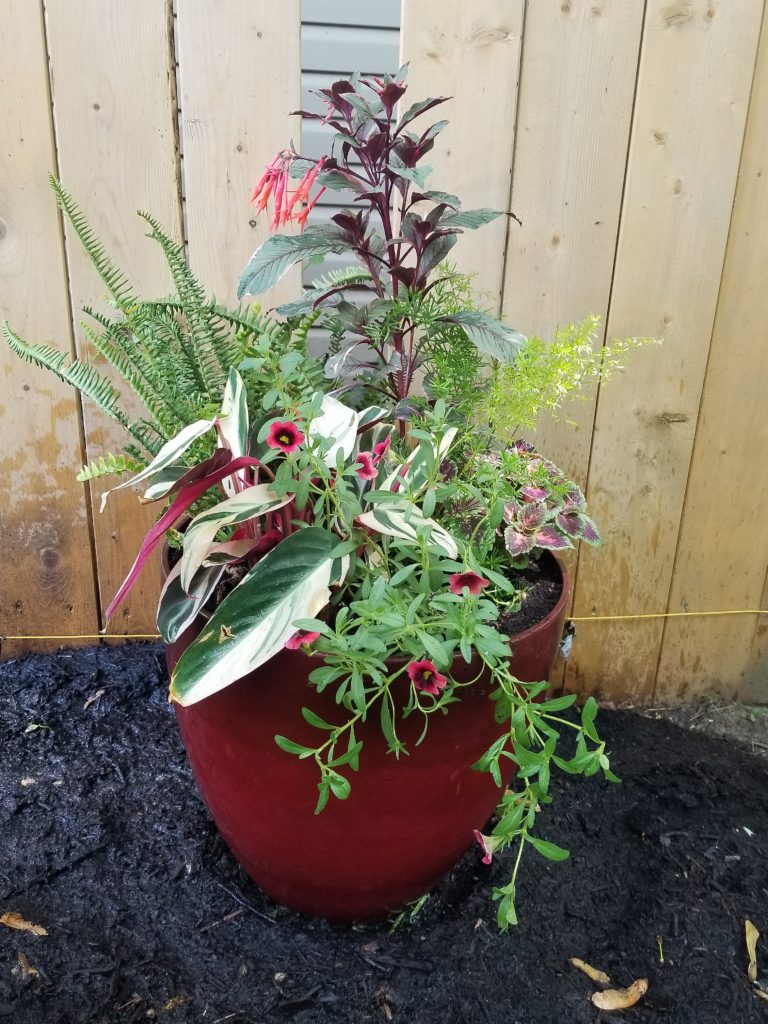
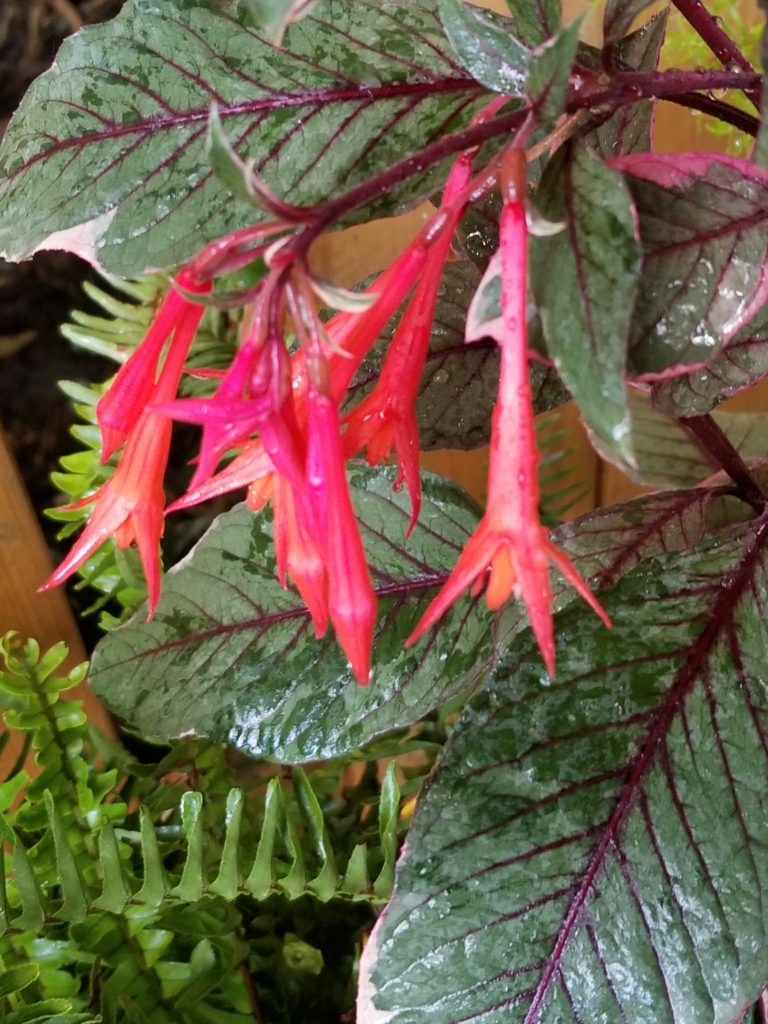
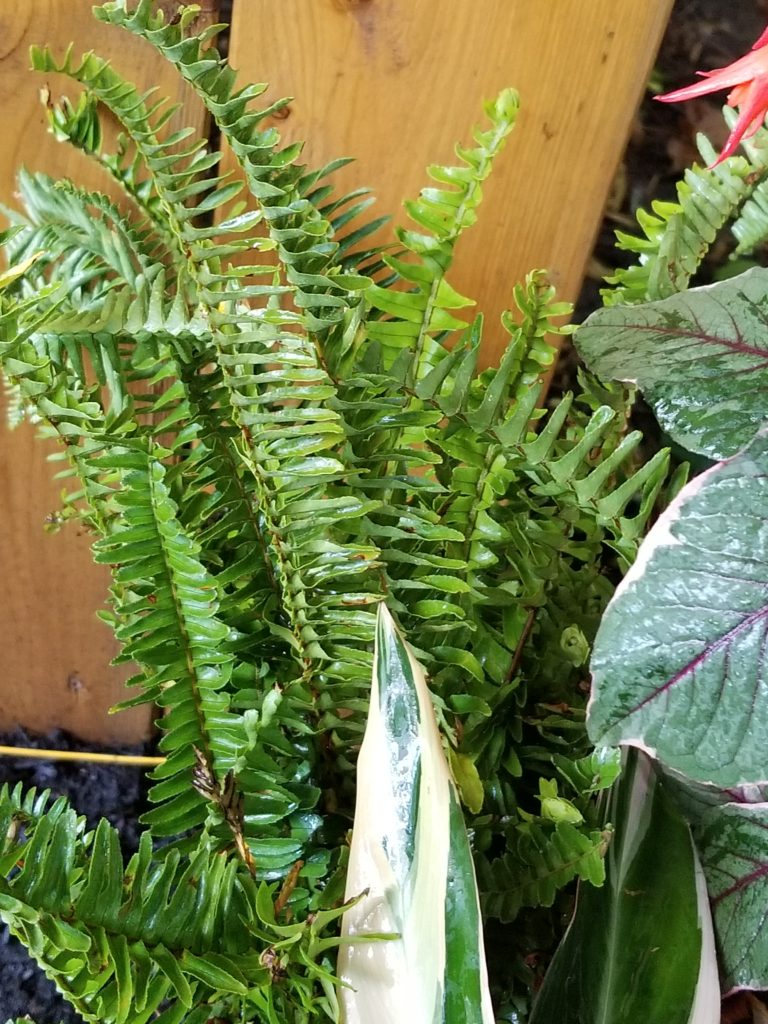
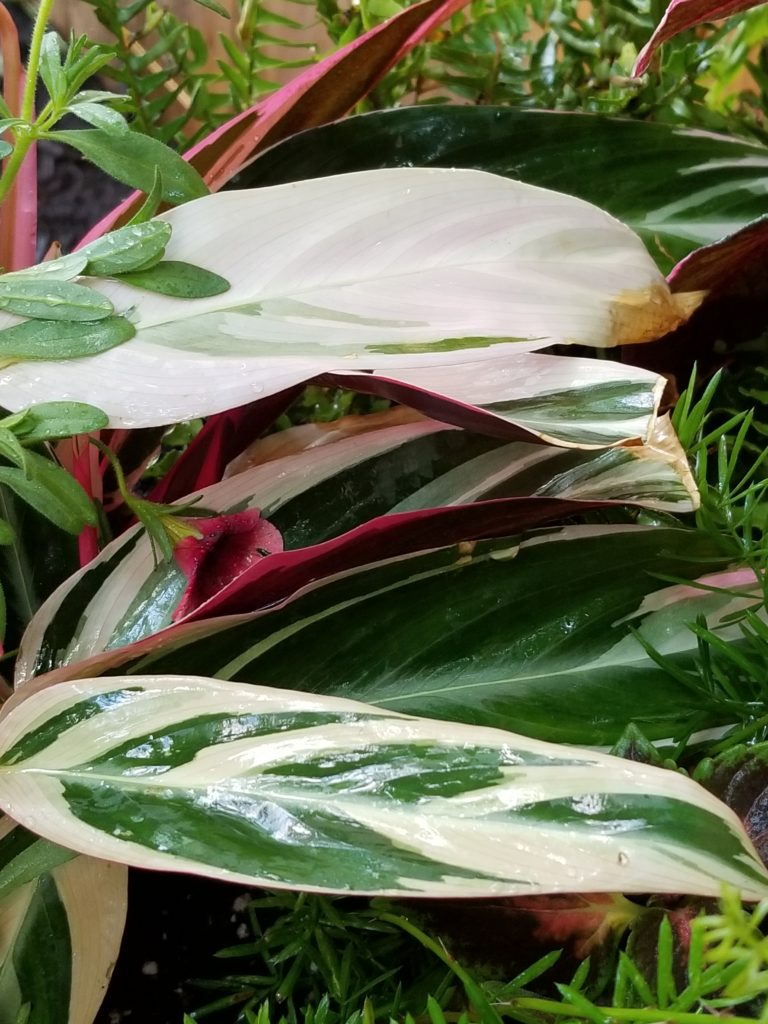
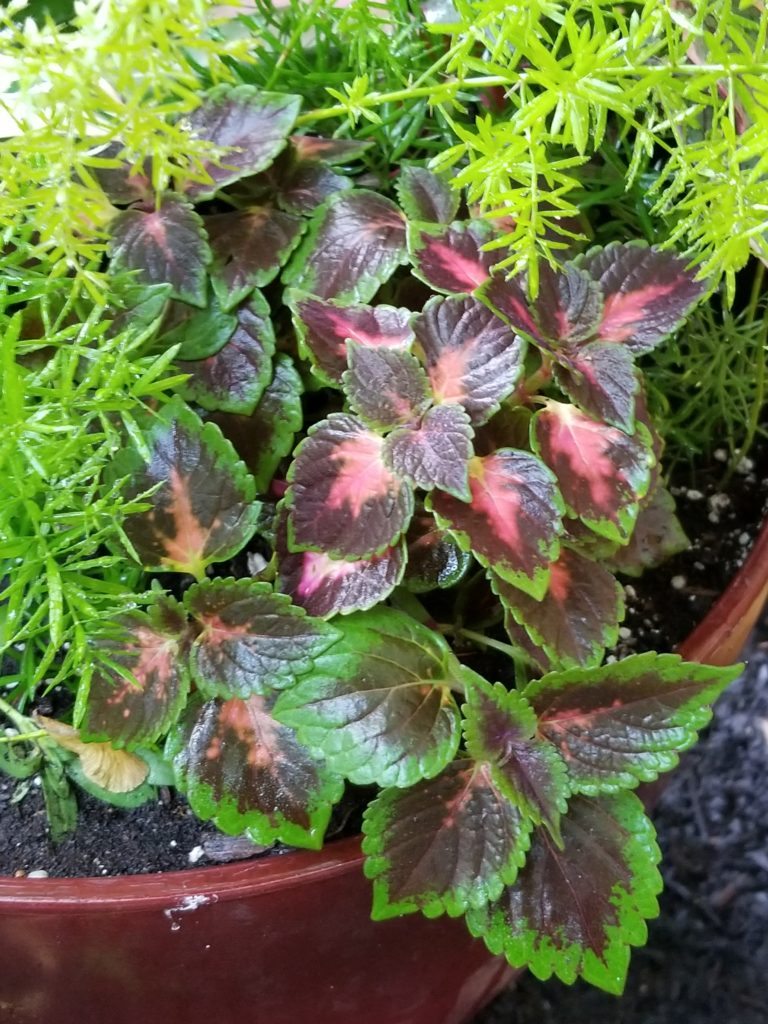
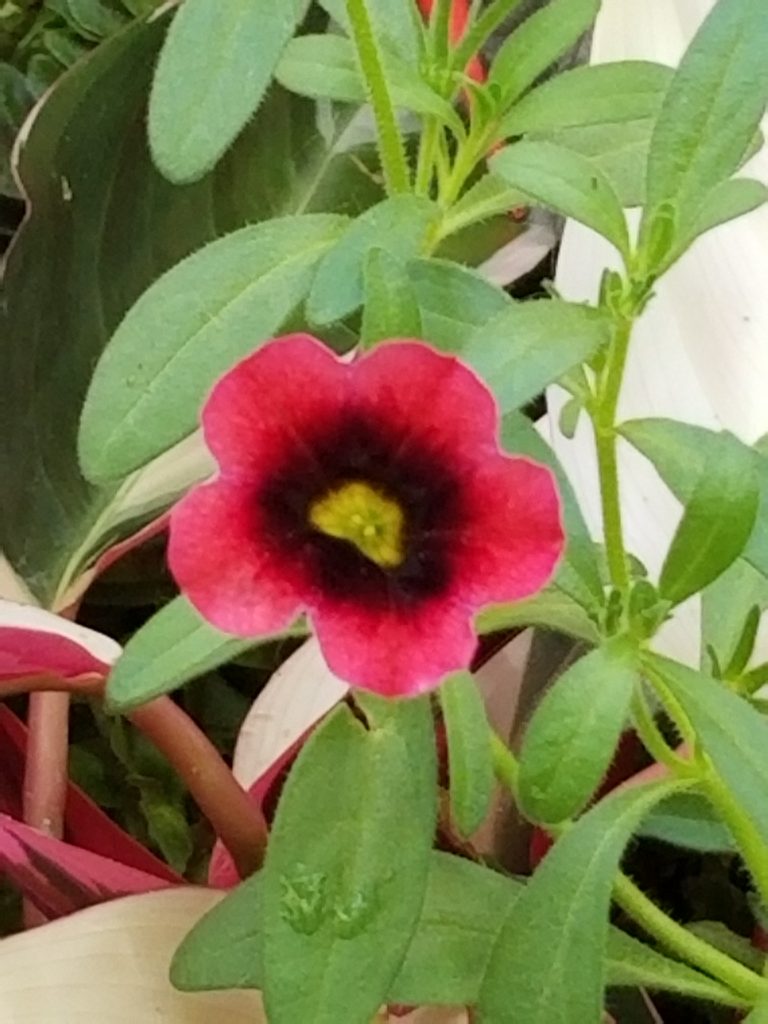 And finally, another ‘spiller’ some Calibrachoa Superbells – Watermelon Punch. I’m not positive on that though – I lost the tag.
And finally, another ‘spiller’ some Calibrachoa Superbells – Watermelon Punch. I’m not positive on that though – I lost the tag.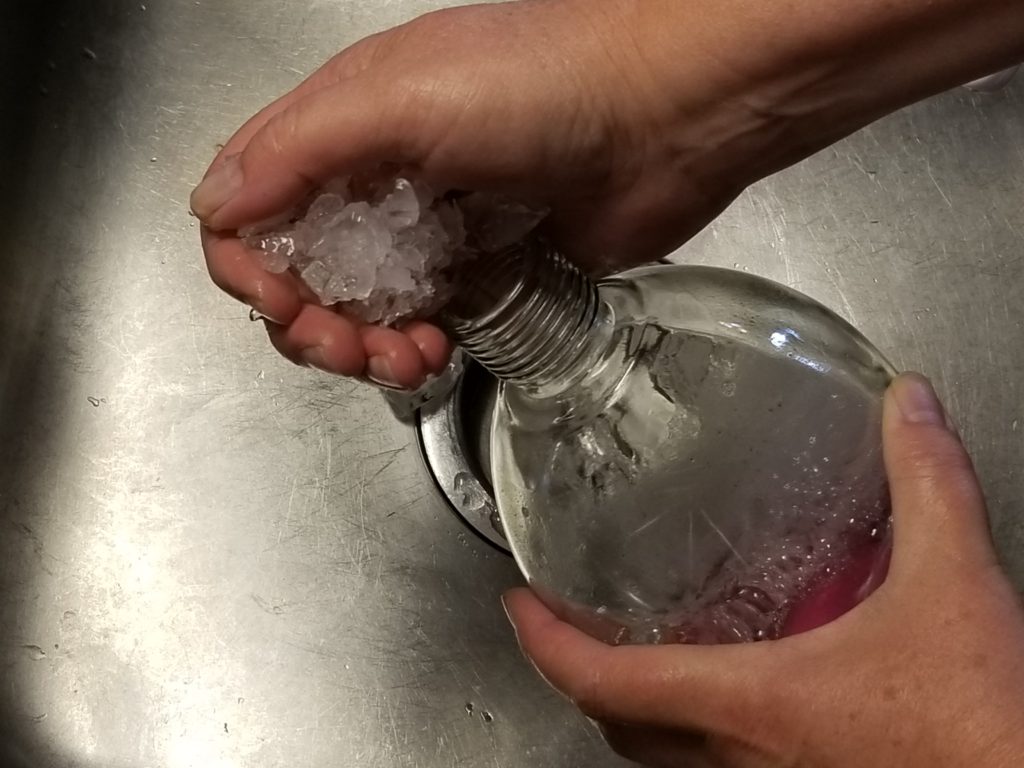 If you happen to have a feeder with a narrow neck that won’t fit a bottle brush, there’s a simple way to scrub it out. Fill with enough crushed ice to swish around and add salt. Swish the bottle around, the ice agitates the salt and the salt scours the inside of the bottle.
If you happen to have a feeder with a narrow neck that won’t fit a bottle brush, there’s a simple way to scrub it out. Fill with enough crushed ice to swish around and add salt. Swish the bottle around, the ice agitates the salt and the salt scours the inside of the bottle.